|
True champions always have time for losers. That’s what makes them champions.
0 Comments
I drove to Fort De Soto Park on Mullet Key in May of 2021. I had to pass through three toll booths to get there, plus the park gate where they charged five dollars. I brought lunch so I could stay a long time and get my money’s worth. There are signs pointing out the ferry access, the snack shops, the kayak rental place, the extensive dog beach, and more. I first stopped at the fort. There is a small, one-room museum there, but I did not enter. The fort originally consisted of twenty-nine buildings, which are now collapsed, some of them into the sea. It was built shortly after the Spanish-American war in anticipation of future wars, but was never used. The guns are hidden behind a hill and the operators could not see what they were aiming at. Instead, artillery spotters in towers had to telephone the information to them. I expect they must have had to do some very fast trigonometry. I meandered around the various rooms there. I looked inside the big guns from the outside and I looked outside from inside the fort. There is a beach nearby, but signs warn not to swim due to dangerous currents – which would make a great band name… This was an area of many sandpipers, pelicans, and other birds. There were also signs prohibiting climbing on the few rocks there, which sucks all the fun out of having rocks. In New England, the whole point of going to the beach is to crawl around on the rocks and look in between for crabs and stuff. What good are rocks otherwise? To throw at cars? I eventually drove to the western end of the island and walked some short trails. There were ferns and a pine needle carpet. It was hot, but not muggy, and no insects bothered me. I just walked slowly and enjoyed the quiet. Soon I came to an area where the trees were all topless. Were they having a topless convention? Was I welcome here? I heard a lot of screeching, but this turned out to be a trio of green parrots. Moving on, I stopped at a picnic area for lunch by a cove where waves from different directions interacted in complex ways. A lot of debris had gathered in one end. There were trails on the other side of the cove too. These led to mangroves and small beaches and I could see beach spots beyond totally inaccessible by land as far as I could tell. I also found more signs of human construction in the roots of this tree: I did visit the beach for a short time, but I’m not a beach person. The sand is too bright to look at, too hard to walk through, the water is too wavy to swim in, and sitting is too boring. When I got home, I found that I had inexplicably sunburned in places that had been well-lotioned and covered at least part of the time. I tend to sunburn even when under a roof, so I should probably stop being surprised at this point. Here’s some other stuff I saw:
The original video was slightly too long for my webhost to handle, so I clipped off the beginning where I explain the differences between science, math, and faith. The whole video can be seen on YouTube. Even falsehoods will contain gems of truth. Even drivel will contain bits of value. Even fools teach wisdom by their bad example.
I went to Lake Parker in Lakeland in April 2021. It took a while to get there. I took a wrong turn but that was not my fault. Approaching from the south, I saw a long walkway on the shore with many amazing views. Unfortunately, there was nowhere to park. At last I reached the park. The first thing I noticed was all the cypress trees. The park is dominated by them. The second thing I noticed were the birds. Ibises, wood ibises, grackles, limpkins, herons, and gallinules were everywhere. They came right up to me and did not seem to care when I approached. I parked in the first lot near the playground. It had some unique equipment, such as a giant xylophone complete with mallets and drums. There was a simple jungle gym disguised as a sailing vessel on one side. Since I often imagine jungle gyms as ships, it’s as if they read my mind. I saw a chair suspended from a sort of zip line. There were swings. The best thing was the merry-go-round. It was a cage ball with two levels. I took a walk along the lake shore. It had many plants and birds that squawked constantly. Three gallinules got into a fight, splashing water at each other and yelling. They were soon joined by a fourth. One thing I noticed that season were the pink egg masses on the cypress knees. There were dozens of them. I soon rounded back to my car without further incident. It’s not a big place.
After lunch, I sat under one of the many pavilions and wrote the rough draft for this post. I read Freedom, The End of The Human Condition, by Jeremy Griffith. I had been looking for a better model of the relationship between good and evil and an explanation of where evil comes from when I saw the book advertised. Since the PDF version was free, I got it. I quickly discovered that the writing style made it almost impossible to wade through and that the author was absurdly megalomaniacal, but I knew that even fools sometimes have good ideas because they think outside the box. Reading a bit further, I found that he actually did have a plausible hypothesis of human behavior after all, so I kept reading. The core of his thesis very well might have immense value. By the time I was halfway through and had gleaned all the insights I could, I kept reading out of morbid curiosity. I seriously think the guy is losing his mind.
The writing style is incredibly annoying and often a detriment to understanding. Nearly every paragraph is filled with stressed words. He uses bold, italics, capitalization, and underlining even when there’s no reason for them. How am I supposed to pay attention to anything when I’m supposed to pay attention to everything? There are numerous parenthetical statements breaking up sentences. He uses every word in the thesaurus at once in long hyphenated chains of synonymous words. He repeats entire paragraphs in every chapter, sometimes more than once per chapter, such that the book is three times longer than it needs to be (597 pages). Instead of saying things in different ways from different perspectives until the reader can understand one of them and thereby understand the others, he repeats the same vague idea over and over and over the same way as the first time. He also repeats quotes from other authors very many times and he reuses the same graphics over and over. He also jumps around a lot instead of following a linear argument. It’s exhausting. I can’t imagine anyone else finishing the book. Fortunately, I read it so you don’t have to. I should be given a medal. The guy comes across as completely nuts. He has the incredibly narrow idea of reality that a six-year-old who has never seen the world might. He thinks that of all the centuries of music ever made, only the 1960s had special music that captured the true yearning of the soul. He seems to think it is universal across all individuals and cultures that 21 is the age that people are considered fully adjusted to society. The guy sees vibrant emotion in cave paintings and in his own terrible scribbles, going on and on about how well they capture some aspect of reality. I don’t see it. Not one of the pictures was helpful to illuminate the text. They are distractions. They only made me legitimately wonder whether he is going senile and how it is that his editor (which he mentions by name, so I know he has one) let all this slip through. He tries to explain too much with his theories, claiming too much of human behavior as the result of psychosis. The reason we pursue materialism? To feed our egos and make us feel better about ourselves. The reason we tell stories and create art? To distract ourselves from our guilt. The reason we developed language? To justify our actions to others. The reason science is reductionist? To avoid looking at the whole of nature and feeling convicted by its perfection and our imperfection. The reason we chop and burn wood? To attack nature for being innocent and thereby exposing our guilt. The reason we hunt? To attack nature for the same reason. The reason we wear sunglasses? To block out nature and protect our egos. The reason rich people attack the poor and start colonial empires? Jealousy that the poor are relatively less corrupted and more connected to nature. The reason poor people attack the rich and engage in terrorism? Jealousy of the material wealth of the rich hurting their egos. The reason parents punish children, men dominate women, and the Aztecs engaged in human sacrifice? Also jealousy. The reason we swear, make jokes, and wear ritual masks? This is not to protect our egos, but is actually our true selves leaking through the façade. The reason we get tattoos? Because when the world around you is ugly, why not give in and become ugly yourself? Hasn’t he ever heard that sometimes a cigar is just a cigar? He wonders whether a certain tribe of ancient cave artists never drew faces because they were already so alienated from their true selves by that point in history that they could not stand to look at themselves. The problem is that according to his theory, we are even more self-alienated now and yet we draw faces. He then tells the story of how he suggested this to a tour group and they “shuddered” and “made choking sounds” because he was too close to the truth. I think it is obvious even to those of us that weren’t there that he was being laughed at and didn’t even realize it. What stands out most of all is his paranoia, deflection, and double-standards. Using the term “affiliative” to describe primate behaviors he calls evasive and dishonest, but then he uses the term “friendly-cohesive-social-loving-integrative.” Calling consciousness “the ability to think abstractly” he calls evasive and dishonest, but then he goes on to describe consciousness as nothing more than the ability to remember, compare strategies with results, and plan ahead. Of course, if you have any difficulty in understanding what he writes, he says it’s not because he is a bad writer, or because he is writing nonsense, but because you are suffering from “the deaf effect,” meaning you are in denial because you don’t want to understand and therefore have to confront your own corrupted soul. He goes on about how special he is to have alone made such a grand insight in a world of people running away from truth, while at the same time denying being egotistical by claiming that if he was egotistical he couldn’t have made such an insight. However, once I was able to get through his abrasive delivery to the meat of his arguments, I saw that there might be something there – just not as much as he seems to think there is: World Transformation: According to Mr. Griffith, all our troubles are the result of our conscious mind fighting with our instincts. This is because the nerve-based conscious mind learns by doing and our instincts come from genes, which have “learned” by trial and error over many generations. Being conscious is a “good” thing, but it leaves us feeling condemned by our cooperative, selfless, altruistic instincts when we behave competitively and selfishly. We might not always know why we violated our instincts, yet we somehow know that we are good anyways or else we would kill ourselves. Thus, a child might take all the cake and then lie by saying “it fell into my lap,” because even a lie like that is closer to the truth than the partial truth “I am bad.” I know from personal experience that I have many times felt bad about something I did (or didn’t do that I maybe should have), only to analyze my memory of what happened and realized there was no way I could have done anything differently at the time. Juggling all the sensory inputs and making decisions is difficult when there are so many distractions. So far, I think he might be on to something. Once we feel condemned by our own instincts and by those around us, our conscious mind also condemns us by noting we are not following the pattern of nature to fit into an ordered whole. People react to this stress differently. Some lash out in anger. Some pursue means of stoking the ego to make them feel better about themselves, leading to selfish and competitive behaviors. Some of these behaviors make them feel worse, leading to vicious cycles. Some become addicted to drugs or commit suicide, while others become addicted to power over others and commit genocide. Some deny the truth, and once one begins to lie to themselves, there is no telling how far the delusion will spread. Even facts that indirectly remind us of the moral code are covered up and rejected in favor of lies. This also tends to lead to more stress and more condemnation. This also makes sense. Much of the ideas he claims most of the world is in denial of are actually common and non-controversial. For example, the idea that hurt people hurt people is an internet meme. The idea that those who have never seen love modeled are unable to give it is related to the old idea that criminals are “victims of society,” and to the “refrigerator mother” hypothesis of autism. The idea that we are fundamentally good and only conditioned to be bad was espoused by Rousseau two hundred years ago. Modern psychology has discovered that even very young children try to be helpful without ever having been taught. Most people would agree with all these ideas. All people would agree with most of these ideas. They might quibble over the details, but not much is fundamentally new here. What is new is tying them all together into a single narrative attempting to explain the entire human condition. He further claims that everyone goes through the same life development stages as it pertains to the problem of knowing evil. First, they live carefree without rules. Then they try hard and fail to live up to the rules, making them grumpy. Then they become resigned to their fate, making them grumpier. In the third stage, everyone is in denial and cut off from their instinctual selves. This isn’t very controversial either. It is very similar to Kierkegaard’s model. What it lacks is the saving grace of Jesus. Going on, once the first generation of humans ever to become conscious alienated themselves from their own instincts and from each other, they passed on the affliction in various ways, compounding the problem. Angry, sad, ego-distracted, or otherwise preoccupied mothers could not give their infants the level of attention and true care the infants’ instincts expected, and they grew up into angry, sad, ego-distracted adults. Angry fathers inappropriately disciplined their children, failing to recognize when children were trying to be helpful, or when they had been poorly educated in social norms, causing the children to resist learning and disrespect authority. Parents got the idea that children need to be “toughened up” to face the harsh world, but this form of parenting only created children who grew up to make the world even harsher. Over the past two million years, the level of denial and upset has grown. Living in cities surrounded by other people exposed us to the badness of others. Due to the level of clustering, different cultures aged at different rates. Thus, Indians and Chinese are more upset and wise in the ways of the world than Europeans, who are more upset/wise than the Aborigines and Bushmen. To succeed, a society must not be too cooperative or too uncooperative. It must not be too trusting or too cynical. This is why Europeans took over the world, but now that the world is so connected, the Asians are winning. This is all certainly very plausible, but the book cites no evidence and there are many ways that culture could have evolved differently and many other plausible explanations out there for every phenomenon he mentions. I remain skeptical. Anyways, he says that to solve this problem we must have self-understanding. To simply go back to obeying our selfless instincts without ever knowing why we sometimes don’t obey will leave us in a state of insecurity and perpetuate the problem. We must know for certain that we are not bad creatures. We must know that it is our consciousness clashing with our instincts that gives the illusion of badness. We must know that we have been heroes for going on with life while suffering from psychosis. We must understand that everyone is equally good. This also makes some sense. In Christianity, we are told that God loves us, that we have value and are made “in the image of God,” that our sins are forgiven, and that we are to forgive ourselves and forgive others, but I know from experience that judgment cannot simply be suspended when wrong is done. Depression/anger accumulates until a convincing argument can be made that bad isn’t bad. We must understand where sin comes from and the Eden story doesn’t really explain much. Wouldn’t Eve have to sin first to eat the fruit before sin entered the world through the fruit? I have my own ideas about this that will be in a future book that I think are superior, but in the meantime Jeremy’s ideas are better than nothing. Jeremy describes the violation of our instincts as the search for self-knowledge, which I’m guessing is roughly equivalent to the knowledge of good and evil, which can only be grasped by a conscious mind. Thus, we are helping others understand themselves when we introduce them to evil. It is a good thing to abuse children – or at least some good can come of it. I’m not suggesting we go out of our way to commit more abuse or that we stop punishing abusers, but it might be helpful after the fact for those who have lived through it to find the good and see it as a necessary step in our development as a species. The issue touches on one of the common explanations given for why God allows evil in the world: Without the experience of evil, we would never truly know good. The explanation of human behavior doesn’t even have to be strictly true to bring healing. It only has to be true enough. This is the idea of psychoanalysis: Childhood memories are dredged up that might be misremembered or even “suggested” by the psychiatrist, but we are who we are and do what we do because of the imprints we have from the past, not the past itself. So long as it works and the explanation is plausible, it doesn’t have to be true. Depending on how they are applied, Jeremy’s ideas could be used for good even if he can’t prove them. I’ve noticed that forgiveness is easier when I understand what the wrongdoer was going through and what they were trying to accomplish. Sometimes people are going through stressful times and desperately need to get away, so they clumsily lash out at those annoying them. Even if it isn’t the real reason, it’s better than nothing. It provides a platform to build a new, stronger relationship on top. It lets us know that we are cared about enough to be forgiven. Further Thoughts: I was familiar with jealousy, but the idea of attacking someone because their mere existence showed it was possible to be less corrupt than the attacker was a new concept to me. It might explain some of the unexplainable evil I have been seeing…except of course that it explains it without explaining. How is it possible to be in such a corrupted state of mind in the first place? I can’t imagine it. While his paradigm might have some value, he seems to be of the impression that merely reading his book will cure everyone. Somehow the instinct-versus-intellect claim itself is supposed to solve all the world’s problems. How? He makes a big deal about his model being “scientific” and therefore superior to religious explanations, but I don’t think most people could distinguish between the two. Jeremy also gives no standard by which to measure good and evil. In his model, both the instincts and the intellect are “good,” yet they conflict with each other. This is a paradox. It is also “good” to align ourselves with the moral order of the universe and group ourselves into ever-larger wholes, yet animals behave selfishly and they are not considered bad. Also, competition can often be a good thing (as in sports) and cooperating with a villain to hurt others isn’t being very cooperative. Morality is complex, but Jeremy simply skips over it, keeping things very vague. It is still not clear to me why it is our conscious minds violate our instincts. Do instincts guide us or only condemn us after the fact? As an adult, I am warned before I make a choice, but that might be my experienced intellect talking. Is it possible that baby Dan had no warnings? If baby Dan made an innocent mistake, why would he feel condemned rather than merely educated? Since I do not remember those times, and child psychology is such an unsettled field, I have no way of evaluating these ideas. I have some ideas of my own, that might be compatible with Jeremy’s, but because he gives so few examples (over and over and over), I am not sure I understand his model at all. The Moral Order of The Universe: Though he does not believe in a literal deity, Griffith believes in a moral pattern in nature. He claims it is obvious that matter is arranged in ordered wholes and that the parts behave selflessly to preserve the collective. Because other matter does this, so should humans. Later in the book, he paints a more complex (and therefore less obvious) picture. Molecules can only grow so large before becoming unstable, no longer “cooperating.” However, a self-replicating molecule like DNA is able to organize the matter around it to make even larger structures. However, genes are necessarily competitive and therefore so are organisms. However, cells of the body and workers in an ant colony can be selfless because competition happens at the level of reproduction. Because there are so many examples of competition in the world, there is no reason that it would be obvious to ancient humans that they were supposed to cooperate. I’m not sure I understand the “ordered wholes” concept anyways. Isn’t the current selfish arrangement of humans itself an ordered whole? Are some ways of ordering better than others? Who decides? Is the solar system an example of cooperation between planets to make an ordered whole? Or the result of the sun winning the competitive race for accumulating matter? Are atoms cooperative wholes? Or do fermions compete for the lowest energy states? How does increasing entropy fit into this model? I don’t know how to apply it. Human Evolution: Everyone agrees that we have both cooperative and competitive inclinations, but propose different origins for them. Evolutionists claim that our competitive inclinations arose because any organism that lacked the competitive drive in a world with those who had it would have either starved or failed to mate, meaning only those with competitive instincts would have had offspring, and they would have passed those traits on to their offspring. Animals behave competitively, and so do we. As for the origin of altruistic instincts observed in humans, evolutionists have proposed many theories. The most often cited idea is that natural selection happens at multiple levels, not only on the level of individuals, but at the level of groups too. Groups with altruistic individuals do better than those constantly fighting among themselves. The problem is that competition within groups is always greater than competition between groups, so there is no way for altruistic genes to catch on. Another theory is that plenty of food led to larger group sizes, leading to more time for females to “talk” and form large alliances, allowing the females to dominate the tribe and only mate with who they wanted, which ended up being non-competitive males. This raises the question why this doesn’t happen in more animal species and why the females wouldn’t then become competitive, as they have in hyenas. Another theory is that defense against predators required cooperation between members of the tribe and that this drove cooperative instincts. It is not clear that there were enough predators of early hominids to make a difference. Religious creationists reject all these arguments (and evolution itself) and propose their own theories. Depending on the religion, they either believe that God gave us both competitive and cooperative instincts, or that God gave us only cooperative instincts and that competitive instincts are a result of sin entering the world. How exactly this is supposed to have happened is a bit confusing. Griffith splits the difference between the evolutionists and the creationists, claiming that while our distant animal ancestors were competitive, our more recent hominid ancestors were purely cooperative because of a rare confluence of conditions, and our competitive drives are purely the result of a psychosis that arrived later. His proof that we are fundamentally cooperative is that the thought of being competitive or living in a competitive society bothers us, but not being cooperative or living in a cooperative society. I think he makes a good point, though how good it is depends on just what is meant by “cooperative,” which he never expands on. For example, communistic, interdependent societies terrify me just as much as hypercompetitive, selfish societies. Harm can be done to me “for my own good” just as easily as “for the good of others.” Griffith’s idea is that a bipedal gait coupled with a relatively predator-free and food-rich environment allowed mothers to carry their offspring for years after birth, giving them complete attention and love. This “love-indoctrination” process worked on the infants to create a race of loving creatures. Love was passed down not through genes, but through good parenting. In such a loving culture, the females dominated and began selecting males with more cooperative, less competitive behaviors, so that over time even the genetic makeup of the tribe became cooperative. Since these behaviors are closely correlated with neoteny, humans eventually lost fur, shrunk their canine teeth, and gained brain. At some point, the conscious mind emerged, leading to conflict with the instincts, causing us to become competitive again. This gave us a drive to understand ourselves, which required even more brain, somehow driving up our brain size even more, though he does not explain how this was an evolutionary advantage. Oddly, he also characterizes the search for knowledge as “fighting” ignorance, which is a “non-loving” thing to do, driving up our level of upset. According to Griffith, the reason kangaroos haven’t become cooperative is because they require too much grazing time given their food source and pouches don’t require as much interaction as arms. The reason that no other animals have become conscious is that any animal having such an awakening would notice the order of nature, decide to become cooperative, and lose out in the highly competitive worlds other animals live in, thereby failing to pass on the genes for consciousness. Only those animals with genes suppressing consciousness survive. He never mentions that meerkats and other non-primates have been observed with altruistic traits. He never mentions the one species of Argentine ants that do not engage in inter-colony warfare. These examples do not seem to fit his model. Griffith repeatedly accuses modern science of being dishonest so as to cover up the truth he has uncovered. He accuses scientists of overstating the levels of prehistoric conflict in humans and downplaying the cooperation seen in our closest relatives, bonobos, by falsely claiming they do not share food. I don’t know what to think of this. I know that evolutionists of generations past were not above overextrapolating from very incomplete data sets, and in some cases committed outright fraud. These are things that creationists are fond of pointing out. How can we trust anything? Another thought I had is that the prophet Isaiah mentions a future time when the wolf and lamb lie down together, and some thinkers have suggested that this is how Eden originally operated, meaning that both carnivory and competition are results of the fall. If it is possible to transmit psychosis among humans, and all animals with memory have the latent capacity for consciousness, could it be that humans also passed the psychosis to animals, who then entered into such a competitive environment that genes suppressing consciousness were selected for until they lost it completely? Perhaps the process worked faster in animals due to their shorter generation times and/or their lower general intelligence. Could this process also be reversed through human behavior? Thoughts on Sex: Jeremy also has a lot of ideas about sex. Don’t we all? Allegedly, sex is inherently corrupting, and what attracts men to women the most is the opportunity to destroy innocence and make women as psychotic and upset as the men are. This is the real reason that men prefer neotenous features, not that younger women have potentially more child-bearing years. Genes have nothing to do with it. At the same time, already psychotic women feed their egos by presenting themselves as pure, uncorrupted youths, and pursuing men that treat them as sex objects. While women are more sex-aware than men, women are less aware of their own corruption, and it is men that are more egotistical, which is why they talk less. The perversion of homosexuality occurs when men are tired of being the corrupt ones and want to be the object of admiration instead – or when women are tired of being admired and want to take the male role. There is no “gay gene.” I have so many questions. Why do men like hips and breasts if they prefer neoteny? Why aren’t all men pedophiles? How is being a sex object synonymous with being uncorrupted and innocent? If the sex roles are determined by ego, and both sexes have egos, why don’t they behave the same? Do men really talk less? My life experience has been the opposite. Wouldn’t having a big ego lead to being more talkative in any case? If sex is corrupting, and women are more sex-aware, how are they less aware of their own corruption than men? Stages of Life: Griffith tells about how we start out as innocent, instinct-driven creatures, gradually become angrier as we become more conscious of the evil around us and in us, and then eventually become resigned to our fate. This makes sense, but he seems to think that everyone follows the same path and reaches each stage at the same age. Later, he contradicts himself by giving different ages. While he never mentions the “terrible twos,” he does mention the “naughty nines” as the time when children lash out, saying they later become resigned in adolescence. Later, he talks about the “naughty nines” again, saying children are civilized at 11 or 12, but then become difficult again at 14 or 15. Later, he talks about how it is only at 21 that people are fully resigned to adult life. Later, he mentions that those aged 10-19 are animals following instinct, those aged 20-29 are lunatics following a cause or a set of rules, and those 30 and up are failures and frauds, which I can only guess means that is the age they resign. I can make no sense of it. Science and Religion: Griffith has much to say about science and religion. He says that science is deeply flawed because it treats evolution as random rather than following the “obvious” moral order of nature to group matter into ordered wholes. Yet, his explanation of how these ordered wholes originate is based on processes such as chance events (which are random) and natural selection (which is not random, but is also widely accepted by scientists), so I don’t understand his problem with science. He says that while religion gets it right that there is a moral order to the universe, it inappropriately deifies it, thus keeping it distant and not so convicting. Wouldn’t believing in a literal deity whose rules we have broken be even more convicting? Doesn’t the concept of “purpose” or “supposed to” require a mind behind it? Why should we follow the pattern of other matter just because other matter is doing it? I don’t understand. He also says that belief in a literal deity is irrational and doesn’t go into it much more than that. I disagree, of course, for reasons too many to get into now. Most strangely, he sees religion as a cowardly and treasonous escape from our responsibility to search for self-knowledge. By simply following the rules of our religion, we might appear outwardly better, and trick ourselves into thinking we are better, but so long as we have a standard of right and wrong without an understanding why wrong happens, we are still psychotic and upset. It is misguided utopianism. He includes within his definition of religion communism, which expects us to behave cooperatively but does nothing to solve the problem of ego-driven materialism, and post-modernism, which alleviates our consciences by denying truth itself, keeping us permanently alienated from ourselves. He might be on to something with some religions (such as communism and post-modernism), but most religions have long and deep traditions of self-understanding and true healing. He even acknowledges this in the book, contradicting himself again, but still insists his “scientific” instinct-versus-intellect model is the final model that will save the world. The problem is that knowledge alone never saved anybody. Even the demons believe Jesus is the son of God, and they shudder. Christians say that it is not knowing the right doctrine that changed their lives, but the power of Jesus. The Author: Griffith makes many good points and provides plausible reasons for bad behavior that should make it easier for us to forgive others and ourselves and increase social harmony. At the same time, he sounds like a senile megalomaniac cult leader and I don’t trust his organization. The man is an enigma. Most authors delivering a “bitter pill to swallow” will sugarcoat it. They “dress up” their harsh ideas to make them more palatable. Jeremy does the opposite. He takes some ideas as good as candy, coats them in tar and glass shards, then hides them in a garbage dump, and gives really poor directions how to find the place. I still don’t know what to think. A penny saved is to put off until tomorrow what you could do today.
I visited Bok Tower Gardens in Lake Wales, Florida with my parents on Easter 2021. They had wanted to hear the sixty-bell carillon that plays daily. We sat in a large field of grass. Children and dogs played nearby. I was told to expect recognizable tunes, but all I could hear was rambling cacophony. It was okay. Near to the tower, it is obscured by trees, but the top of it pokes above and can be seen from miles away. The hill it is on is allegedly the tallest point in Florida outside of the panhandle. The gardens and tower are the brainchild of author Edward Bok, who hired landscape designer Frederick Law Olmsted Junior and architect Milton Medary. The land was first made available to the public in 1929. The gardens themselves are only about a million square feet, but they are surrounded by orange groves and fields cut through by trails. Inside the garden area are many sub-gardens, such as the carnivorous plant garden, the endangered plant garden, and the children’s garden. There are numerous sculptures too. The Japanese lantern was a gift to Mr. Bok for his efforts in promoting world peace. People have stuffed coins into it for some reason. Everywhere are little things that make the place magical, like the bird footprints in the walkway. Even the bee houses are artistic. The numerous ponds are full of large fish, but they do not show up on camera. However, I did spy a snake! It would be impossible to take pictures of everything, but here are some highlights: My favorite section was the Hammock Hollow Children’s Garden. There is a dual entrance. One is just big enough for six-year-olds, while the other fits grown-ups. Just inside is a turtle sculpture. Different sections contain different wonders. I saw a gigantic robin nest, a sandbox, a spider web for climbing, a xylophone and other instruments, and a sand pit filled with smooth stones. On these stones were written words that could be arranged into sentences for hours. Near the nest were several tiny houses on pedestals. They reminded me of gingerbread houses, but these were built to survive the outdoors. I never did finish going down every trail before it was time to leave. This is a place one can visit again and again. There were so many wonderful things that I dared not blink for fear of missing something.
I read The Sin of Certainty by Peter Enns. It lays out the case for something I noticed long ago: Too many Christians idolize their own faith, believing that believing the right things and believing them hard enough is what wins God’s favor, rather than trusting in God’s loving nature to cover our genuine ignorance. Enns goes through things he learned over the course of his life that made him doubt what his church had told him was the correct interpretation of the Bible, and sometimes make other people drop out of Christianity altogether. It’s a short, easy book I read in one day.
While I agree with the conclusion, I noticed that part of Enns’s trouble is that he has too readily accepted the credibility of secular scholars, who are at least equally guilty of false certainties. We should question everything. A stitch in time mends a fence between neighbors.
I went several places in March of 2021. None of my tales quite classify as adventures, but if I didn’t write it down, I might think I had done nothing. Such is life. Simmons Park: One day, I returned to Simmons Park to sit and read. It was nice, but too windy to write. I saw a cat in a tree. I also saw a couple humans riding on a “ball board.” It was like a skateboard, but it had a single spherical wheel underneath and appeared to be motorized. A drone followed them from high above. Another human drove by in a fancy, three-wheeled car. The Green Zone: Looking for new places to visit, I noticed a large green area on the map. Zooming in revealed no name, so I had no way of looking it up. Switching to satellite view, I saw that it was all trees. I noticed several structures in the marshy areas that could have been boardwalks or fishing piers. The only building looked neither like a residence nor a large industrial facility. It could have been a ranger office. I couldn’t think of what the place could be other than a nature preserve. I packed a lunch and sunscreen and drove over there to see what I could see. As it turns out, it was a chemical processing facility. The only driveway had a locked gate and a no trespassing sign. Since I knew from the satellite that just south of the driveway was a large brook separating most of the green area from where I was, I thought that it might be a different property and therefore still a nature preserve. Also, since the nearby power plant maintained a park on their property, I thought this company might too. Otherwise, what is all that space for? Driving south along the edge of the woods, I noticed that this was a very run-down part of town. The houses and trailers were falling apart and people had dumped their trash along the side of the road. The forest was so choked with thick vines as to be impenetrable. It reminded me of Sleeping Beauty’s castle. Could there be a princess inside for me to rescue? Finally, I came to a trail, but it was clearly not maintained. There was no sign to tell me the name of the place, nor was there a sign to tell me to keep out. There was no sign at all. There was also no good place to park. I kept driving. The next trail was in better shape, but there was still no sign or place to park. I kept driving. Then, attached to the wall of green and brown that was the forest, was a single no-trespassing sign. It was the same company that had the gate. There was no trailhead within sight in either direction. There was no way into the woods without a chainsaw. Why place the sign here? I kept driving. Finally, I came to the last trail. It was also in good shape. Again, there was no sign or good place to park. I considered just going in, since the closest no-trespassing sign was nowhere in sight. There were no fences and it was not clear where the property lines were. I could have justified going in, but I wasn’t sure whether law enforcement would see it the same way. It is always a mystery with them how they will interpret the law. I also wondered what kind of chemicals might be in there. I left. Fiddler on The Marsh: On the way home, I stopped at the Apollo Beach Nature Preserve, a small patch of beach in a rich neighborhood. I had been there many years before, but then it had been closed due to erosion. They had since reopened and I found that they had built an observation tower. That was nice. They had also fenced off the part of the beach with the big rocks. That was not nice. I used to sit on them and watch the waves. After lunch, I first entered the mangrove area where all the fiddler crabs live. They would scurry to their holes as I approached, sometimes sharing holes. One got stuck outdoors with nowhere to go until I chased it into the underbrush. They had added some new trails since I had last been here, providing access to the other side of the peninsula where boats often passed back and forth. Returning on the beach side, I walked along the high bank. One tree had its roots exposed. In the water, were clusters of sharp oysters and other shells. A small human ran up to me to show me the whole shell she had found. I was only finding bits and pieces. I did find two objects that I thought would look great on someone’s coffee table if blown up to a thousand times their volume. Art is everywhere if you know where to look. I returned to the car to finish lunch and realized that it was too hot here. It wasn’t just the parking lot; it had been hot on the sand and hot among the trees. It was draining all my energy. I didn’t even want to sit and read. I was being baked alive. I had no choice but to go home. The Golf Lands: On a cloudy day, I took a walk with my mother on a defunct, old golf course. There were many cattle egrets, white ibises, and glossy ibises, which excited my mother, and a medium-large alligator, which excited me. I also saw some fungi and a caterpillar. Along the edge of the golf course was a swamp and a jungle. I felt like I was back in the cretaceous. Leftover Trails: A week later, I returned to Ford Alderman Park to explore the trails I didn’t get to last time. First, I took the bridge over the alligator pond. It was covered in plants, but I did see one alligator face poking out. I also saw some flowers. One trail led a long way to a bend in a small river. I saw two noisy hawks. Other than that, it was pretty boring. Another trail took me on a loop through an area filled with mosquitoes. There were also those blue damselflies with the black wings. On a tree were vines and a green beetle. Heading over to the big, scenic bridge where I had seen the half-hidden “secret trail,” last time, I ran into the forest to see if anything was down there. There wasn’t much. It was overgrown and I had to keep checking the palmetto for snakes. It ran along the high banks of the river for a ways before it began to get too hard to follow. In one location, I kept smelling very strong garlic. Seeing some white flowers behind me, I braved the bees to pick one and crush it near my nose, but it had no smell at all. I never could find where the garlic was coming from, but as I wondered about it, the smell began to change to root beer. It was then that I was reminded of when I was at the gator pond. I had smelled root beer there as well, but assumed it was the perfume of the human who passed near me. Now I was confused. Returning to the maintained areas of the park, I took another trail. I was getting hot and tired and everything here seemed so dry and boring. I did see a tortoise, a skink, and countless anoles, but that was it. It was nearly dinnertime. I had to go home. I did not have time to take the six other trails branching from the ones I had already taken. Return To The Golf Lands:
I took another walk with my mother on the golf course. We saw an alligator again. We also saw seven types of dragonflies. I don’t remember seeing so many kinds in one place before. There were red ones, blue ones, and yellow ones, all with transparent wings. There were green ones with black and white stripes on their abdomens and transparent wings. There were small, dark brown ones with orange wings. There were large, dark brown ones with blotchy, orange-and-brown wings. Finally, there were black ones with wings transparent except for tiny dashes of white and black. Don’t forget to enjoy the small places. Are things getting worse or better? The numbers seem to indicate dramatic improvements worldwide in standard of living, life expectancy, economic freedom, environmental and resource management, crime rates, literacy, and much more. Things have been getting measurably better since the late 1700s. Much of this improvement only happened in the last twenty years.
Those at HumanProgress.org paint the picture better than I can. They provide graphs and link to optimistic news articles from all over. Poverty and disease are being eliminated. New discoveries and technologies are made all the time. They make you feel good. It’s a perspective that is often lacking, but necessary. For our mental health, we must temper our pessimism with optimism (and vice versa). Sometimes things can seem to get worse because of our hardwired sensitivity to danger, because we tend to become acclimated to improvements, because good news tends to be incremental and slow, and most of all because of the media we consume, but numbers don’t lie. I do wonder, though, about the details. The way things are interlinked, it often doesn’t matter how well everything else is going if one important piece of the puzzle breaks. Sometimes, this is the piece you never thought to measure. Also, good things can cause bad things and the relationships are complex. Also, I know that data crunchers have been caught lying before. Rationally, I can see many ways that things could go wrong, and many reasons to think going wrong is likely (based on understanding of fundamental processes), but empirically, I see that my scariest predictions are almost always wrong and things tend to work out in the end. Somewhere in the complexity of many things happening at once, good happens. I also know that bad things can be harnessed to create good, so that even when bad happens, it isn’t really bad. It’s complicated. I recently finished reading Brilliant Beacons, a history of the American lighthouse, by Eric Jay Dolin (2016). The book covers the upgrades in lantern technology and changes in management from colonial times forward. It mentions some of the more interesting examples of special construction on submerged ground or on the sides of cliffs. It even mentions a strange case of geese crashing through the windows of one lighthouse by the hundreds.
The book is packed full of anecdotes from the lives of the lighthouse keepers. There was the crew that stayed in the lighthouse even as ice floes broke it free from the ground and carried it around the bay. There were the many keepers who rescued people from drowning on multiple occasions. There were the keepers who got into a fight over how they wanted their potatoes cooked. Reading the book makes one think that lighthousing is a dangerous job, since so many of them have been destroyed by weather, war, and one was even destroyed by tsunami. That seems to be the theme. It is especially dangerous to shoot yourself in the foot when your foot is in your mouth.
|
AuthorMy name is Dan. I am an author, artist, explorer, and contemplator of subjects large and small. Archives
February 2023
Categories
All
|
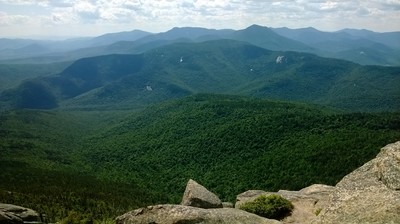
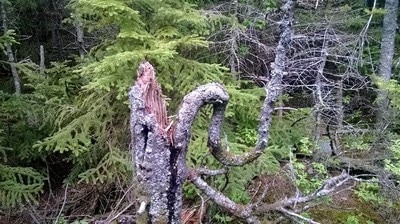
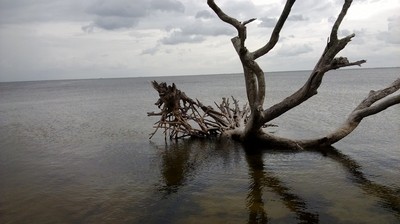

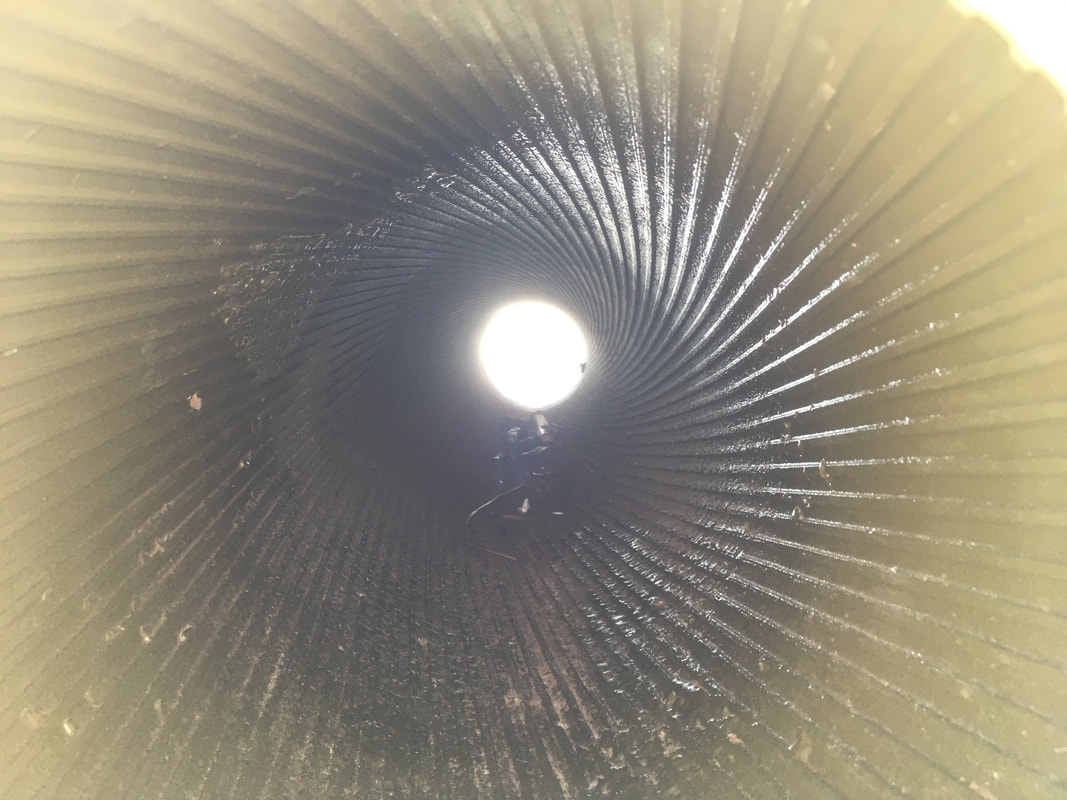
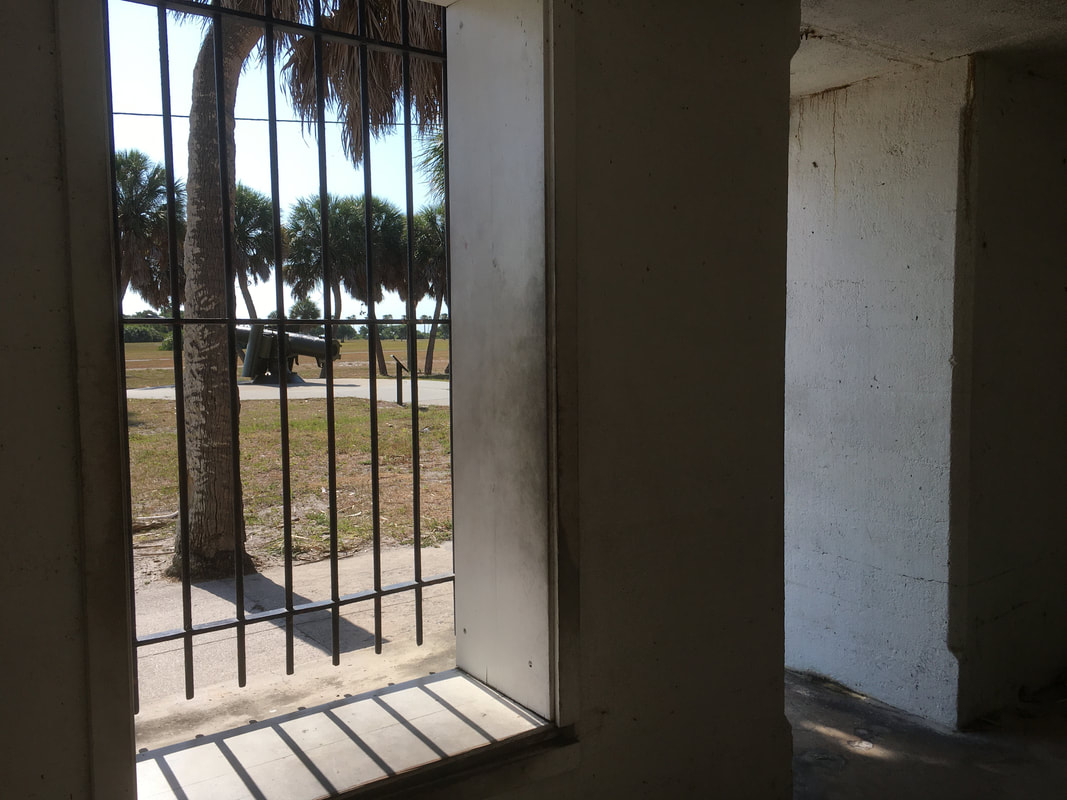



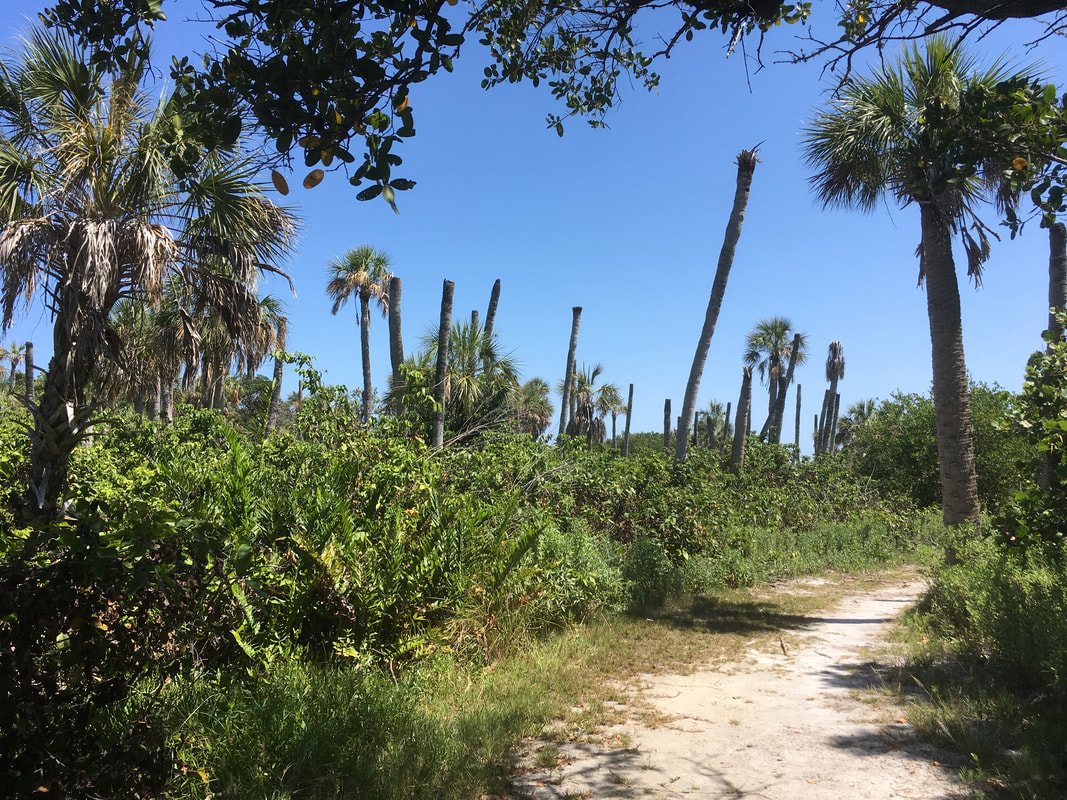
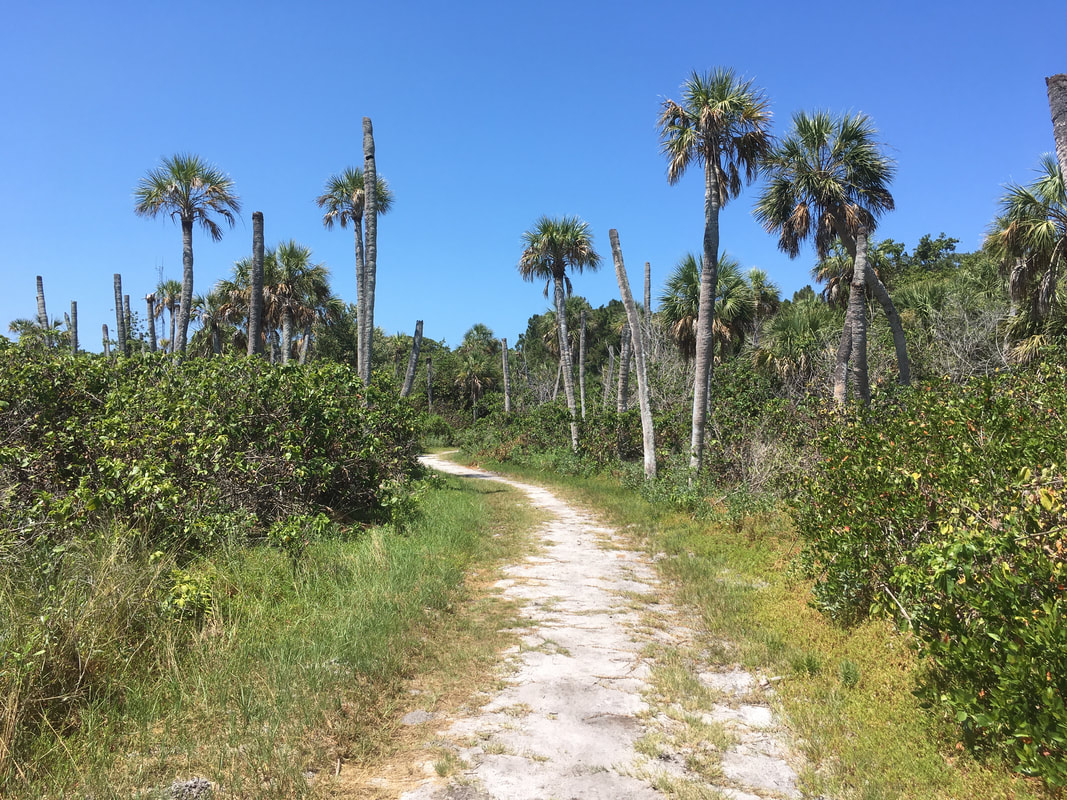
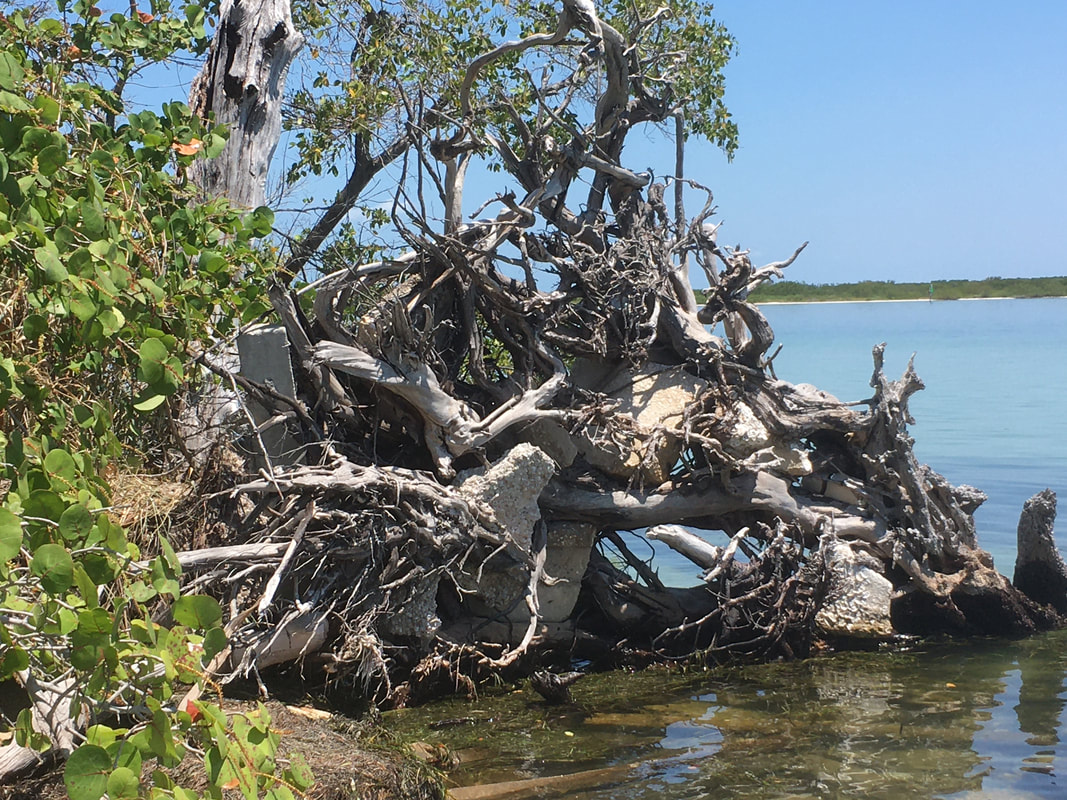
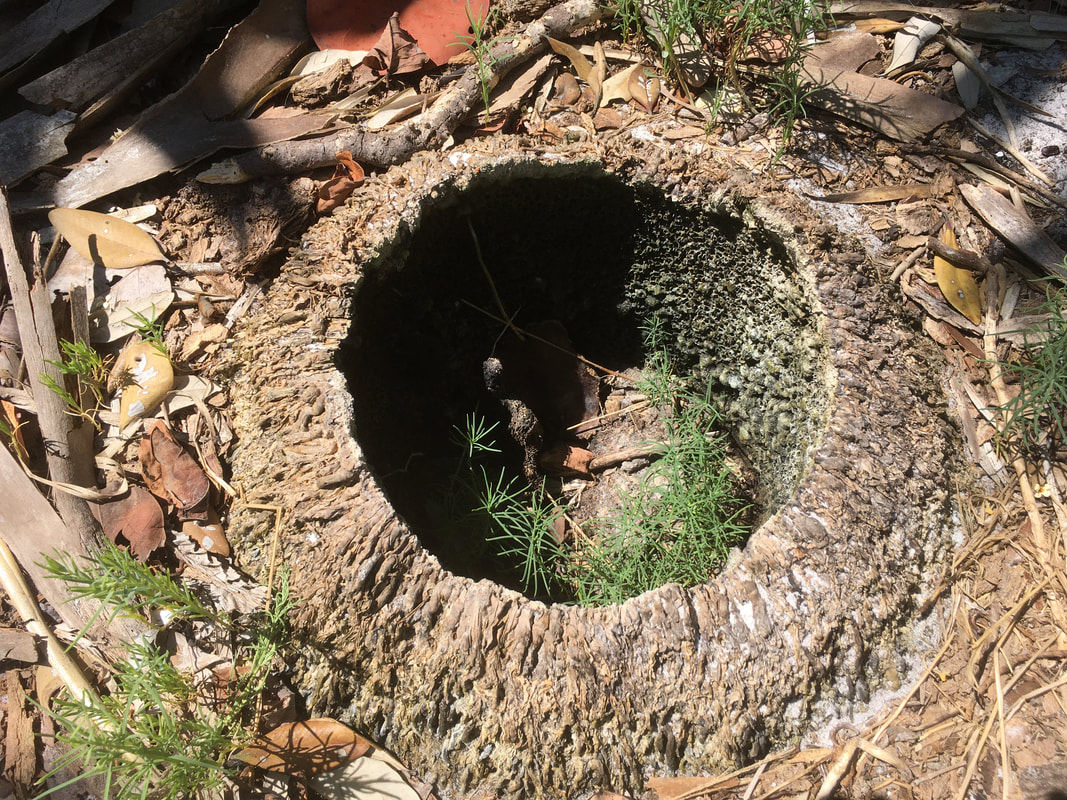

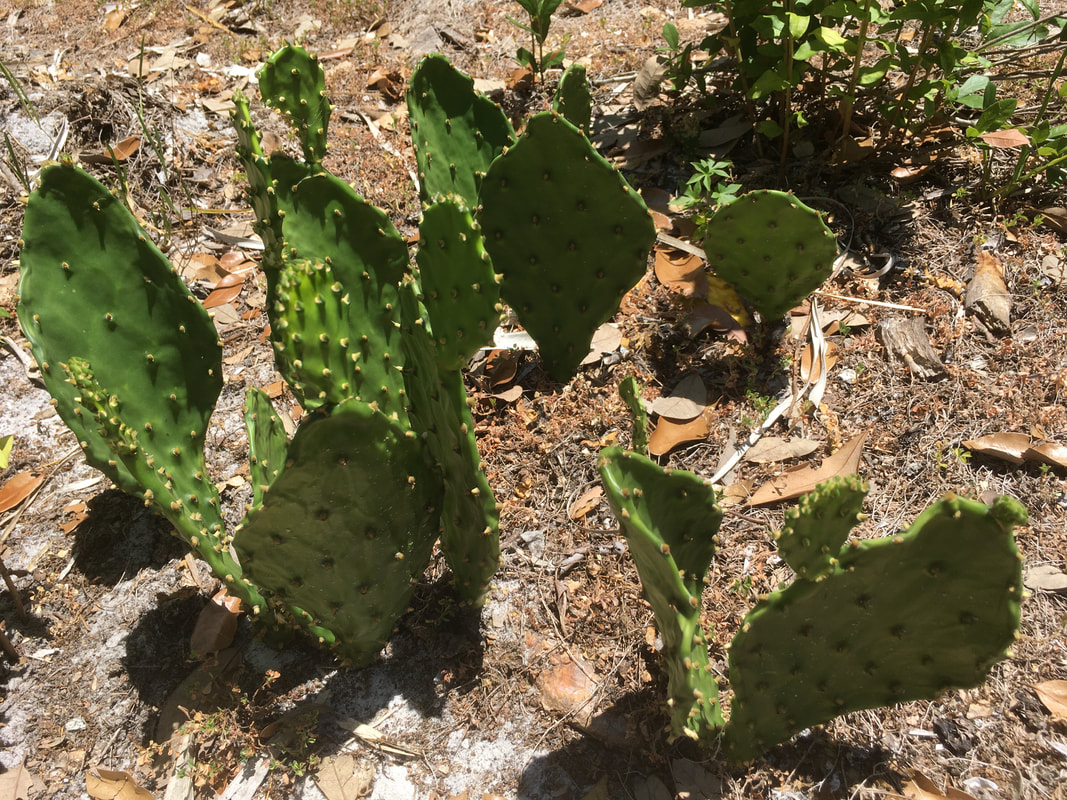
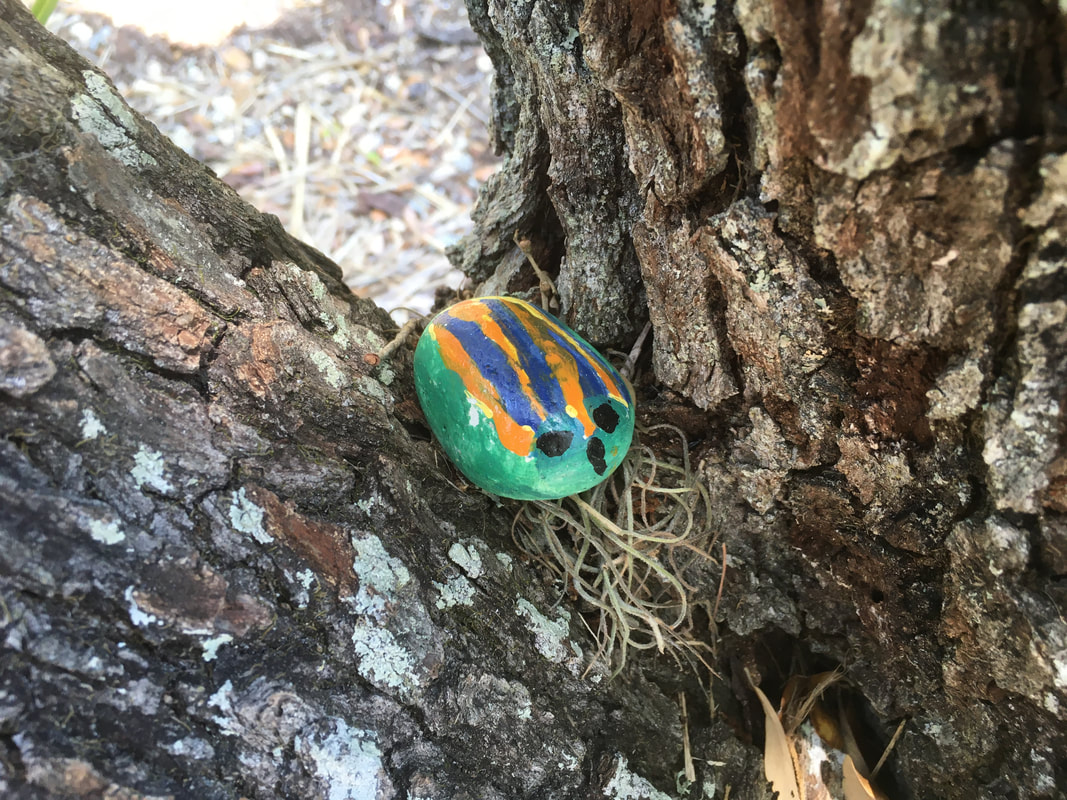

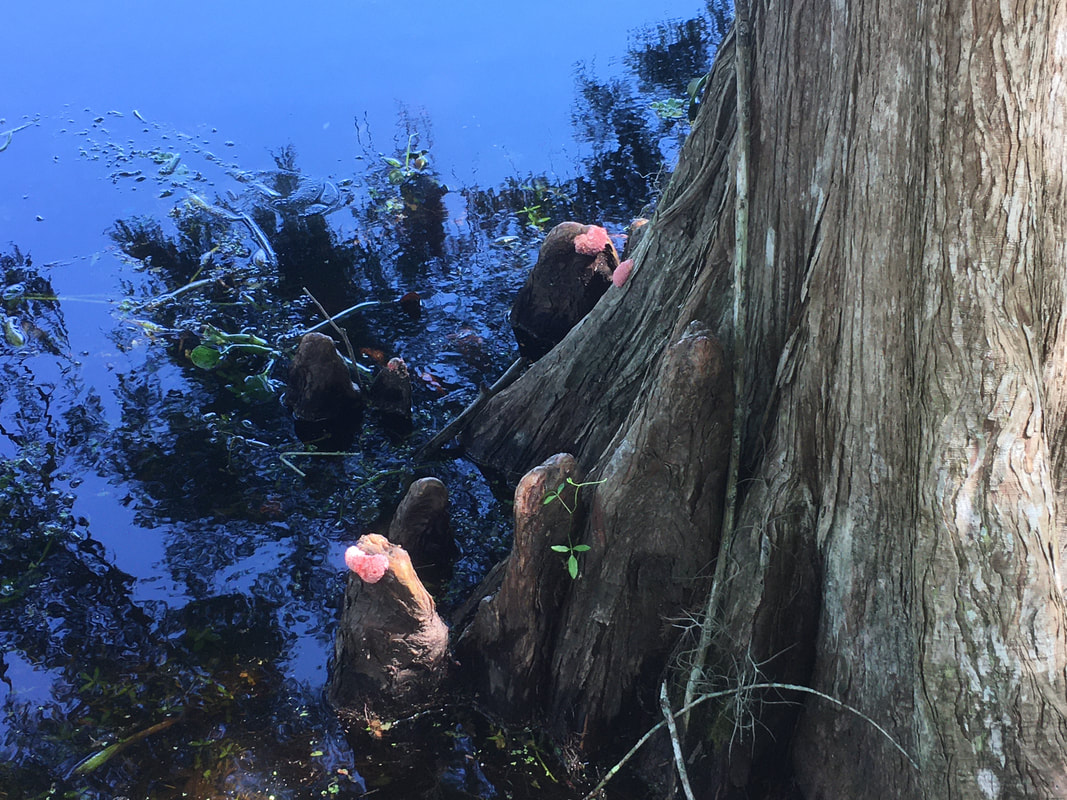
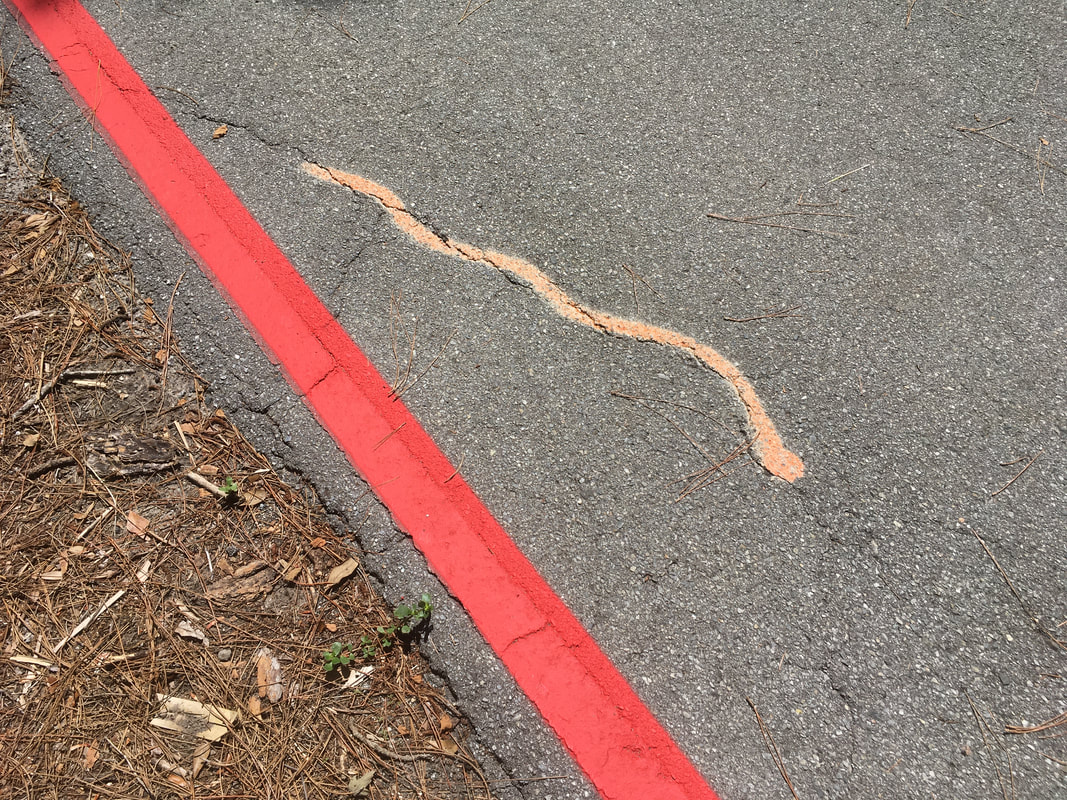
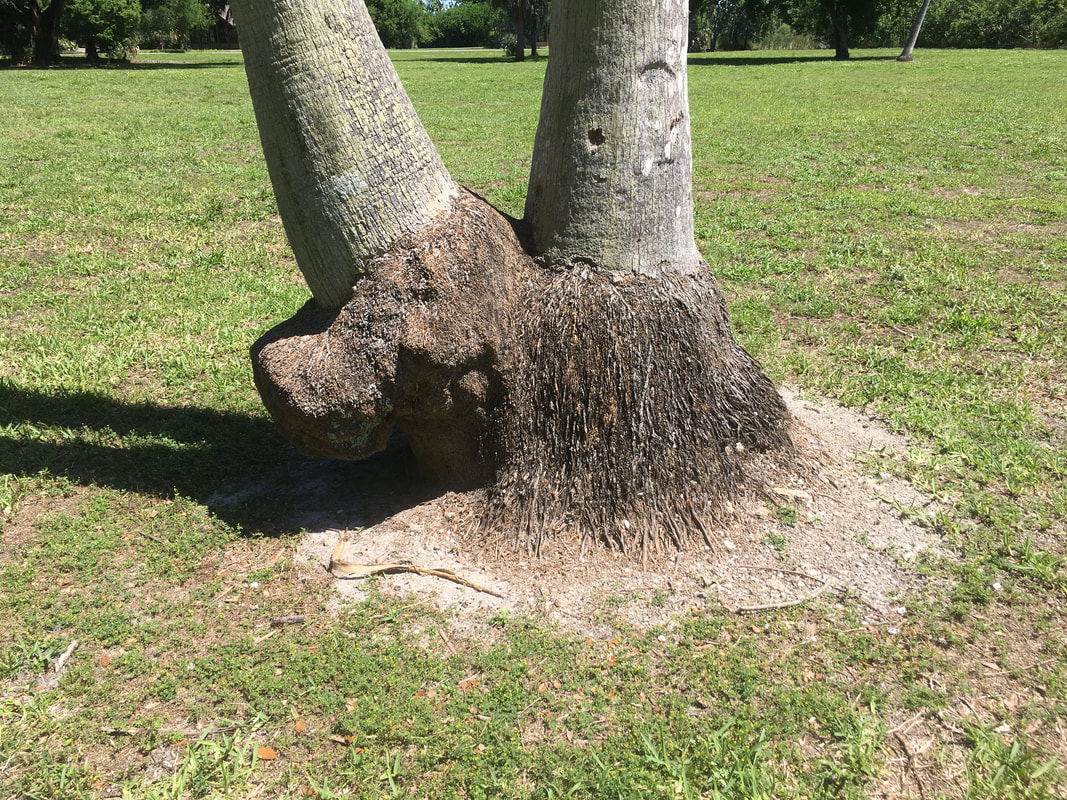
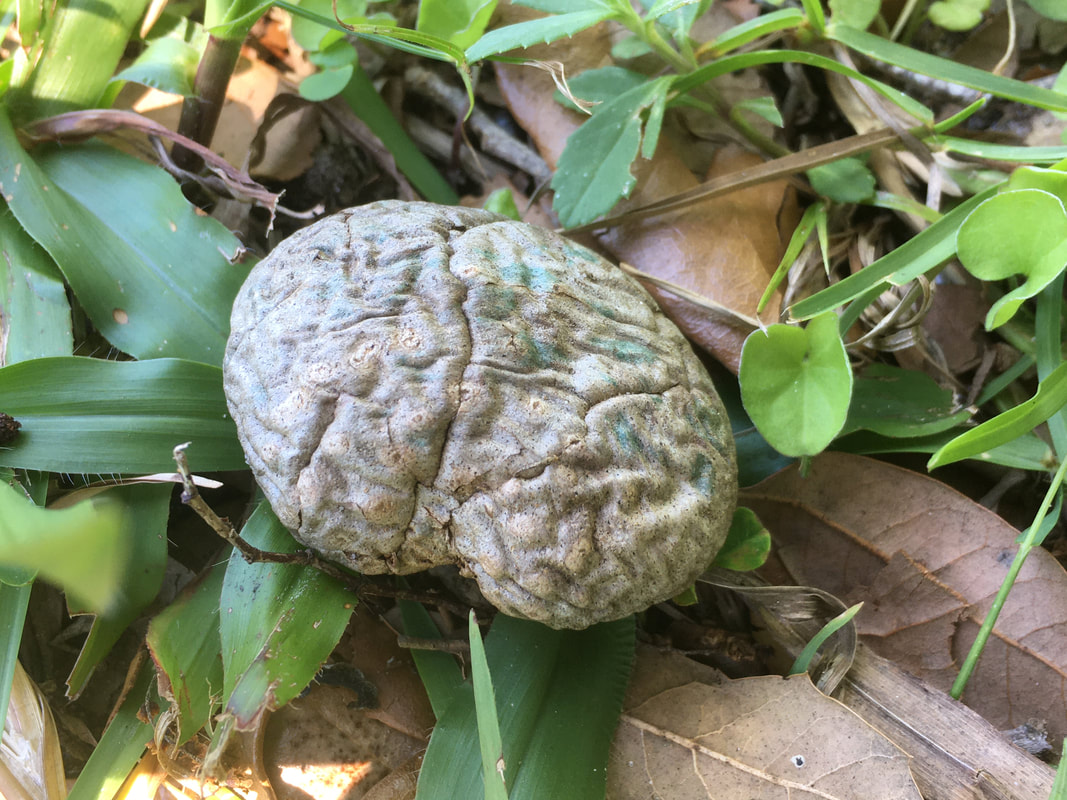
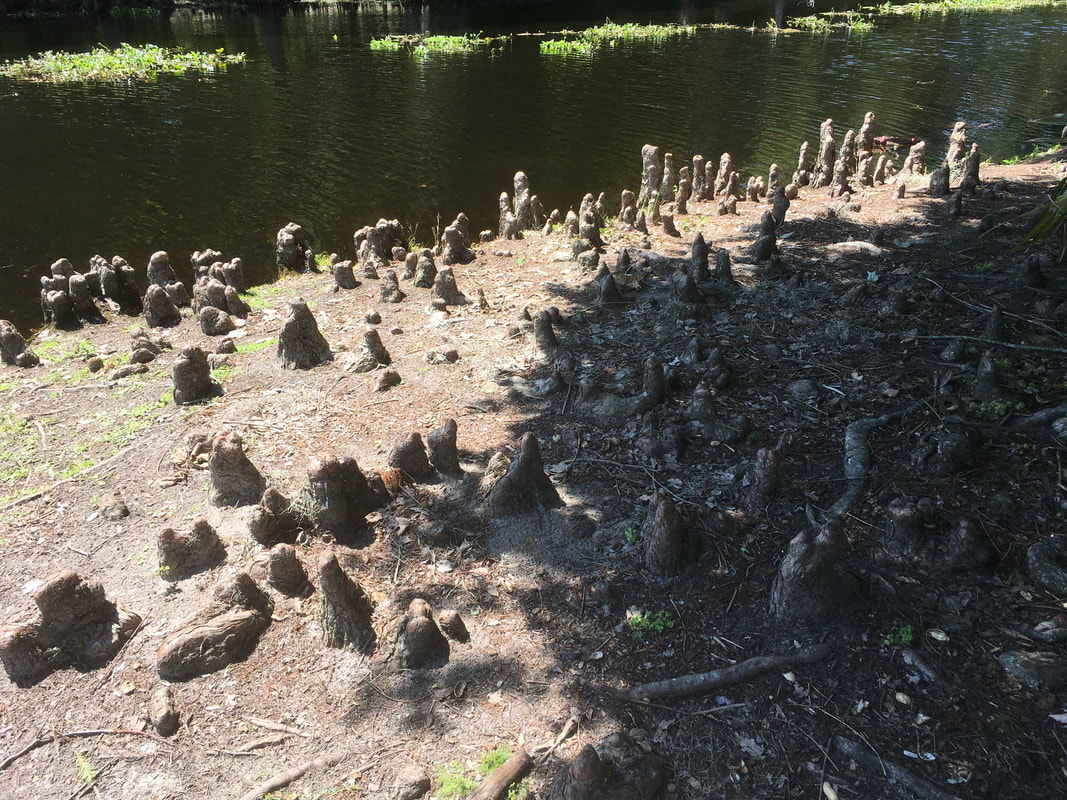
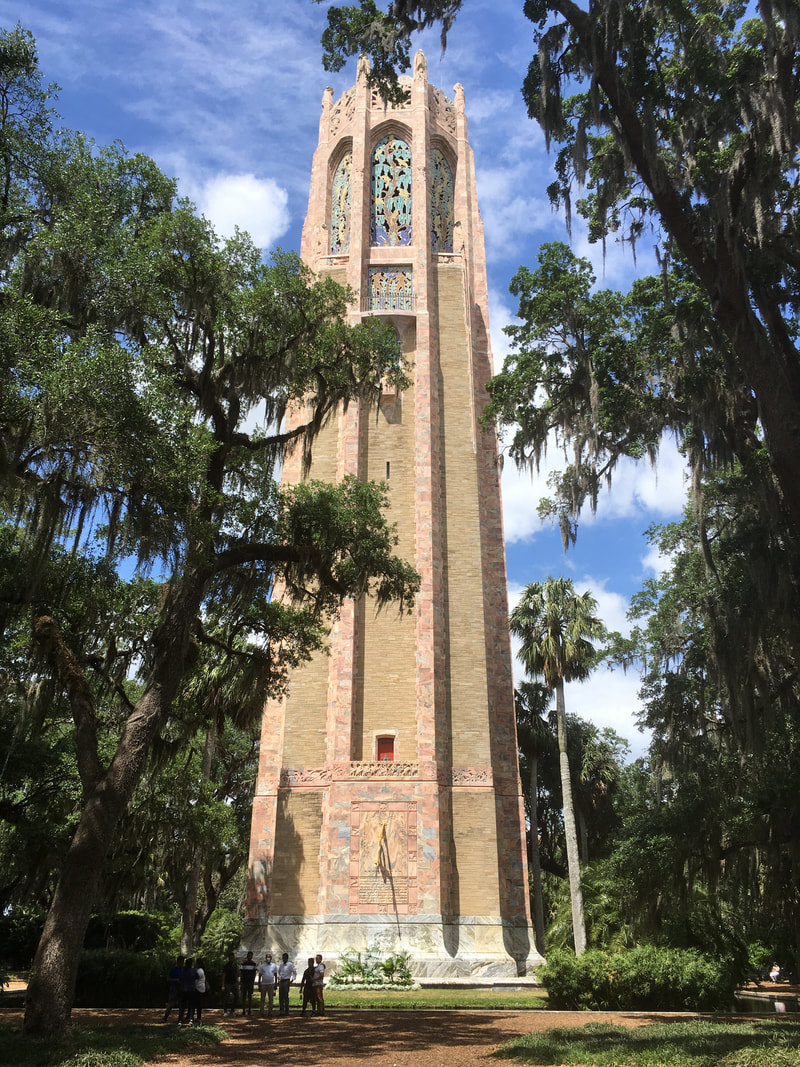
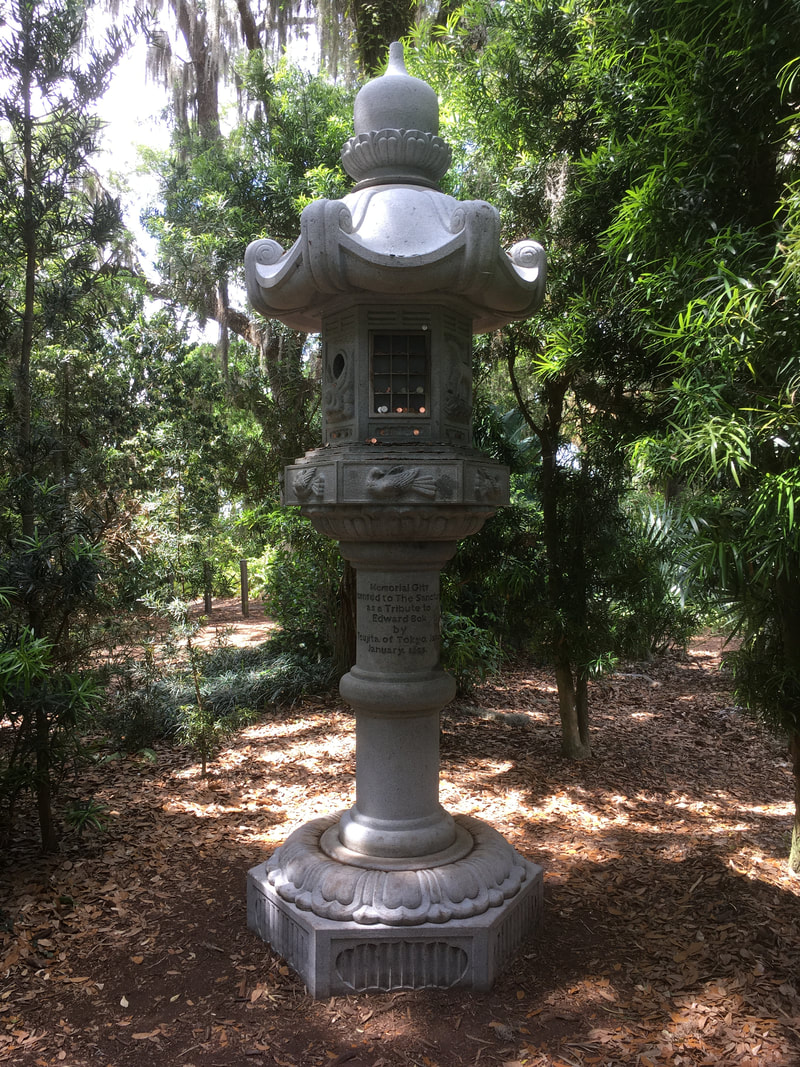

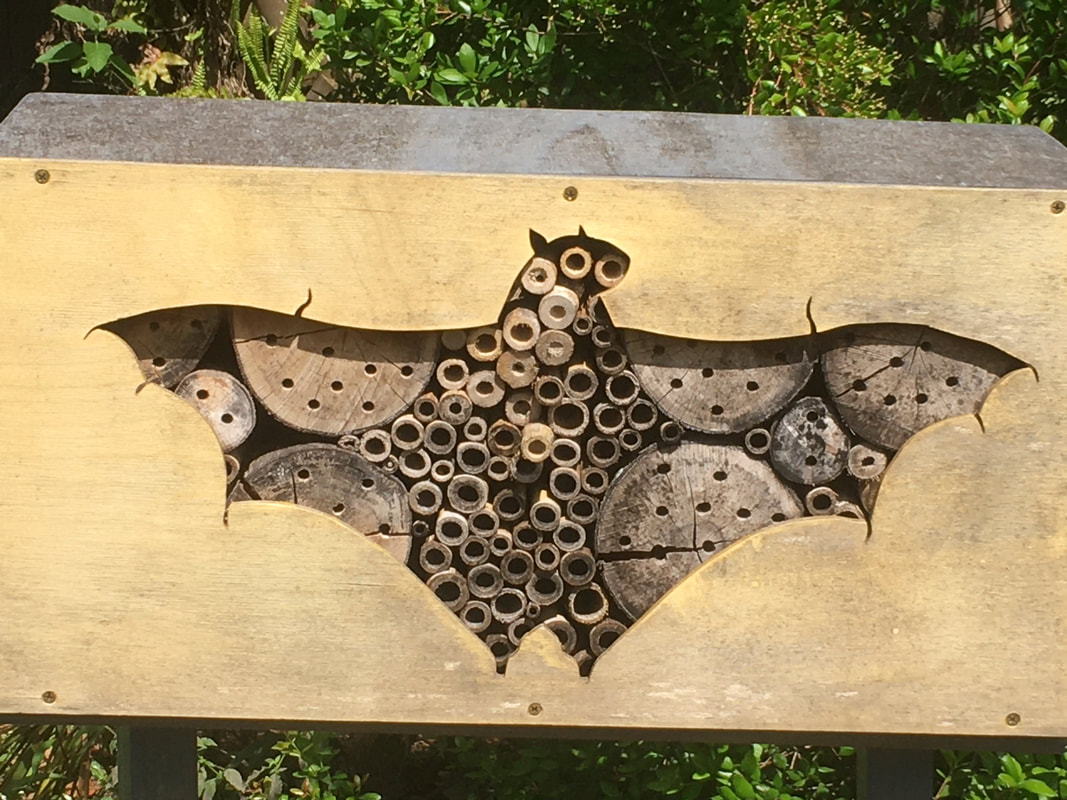
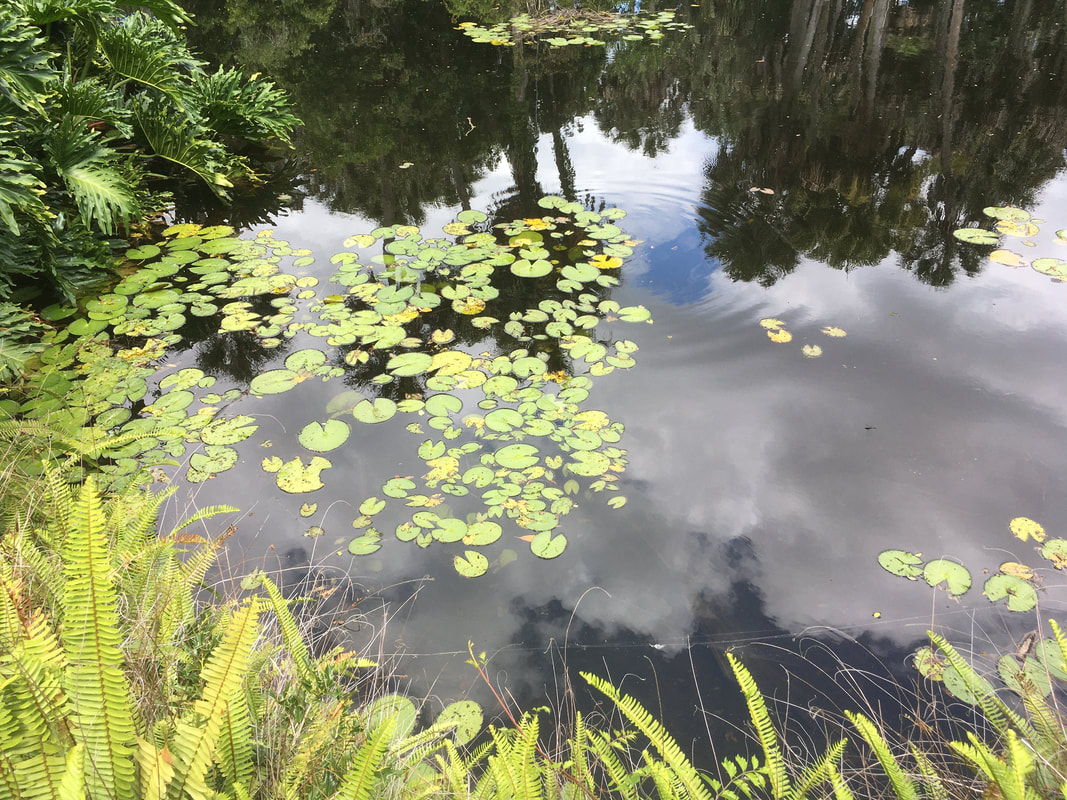
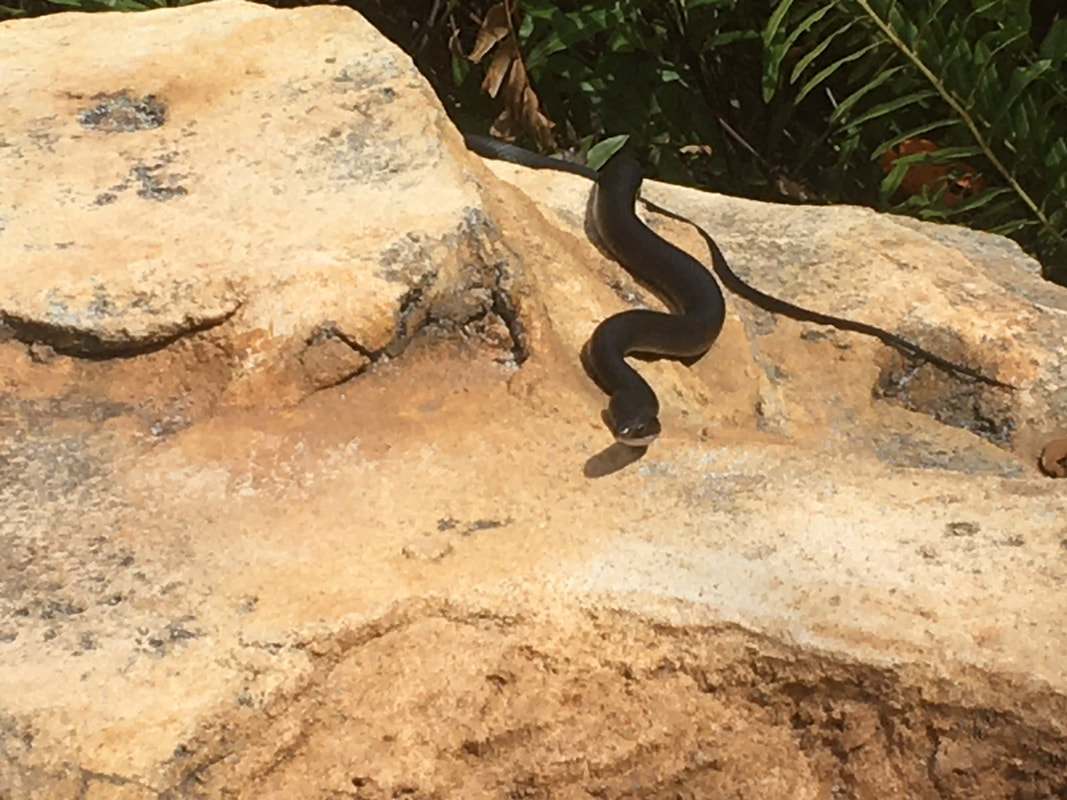












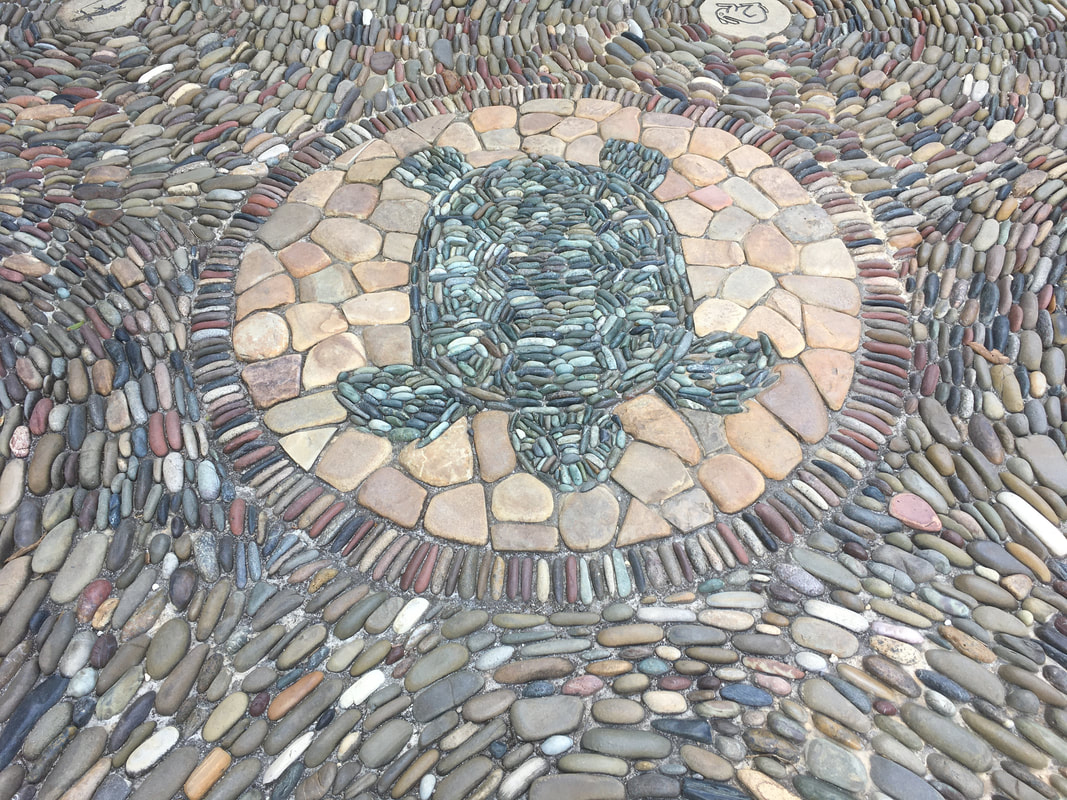



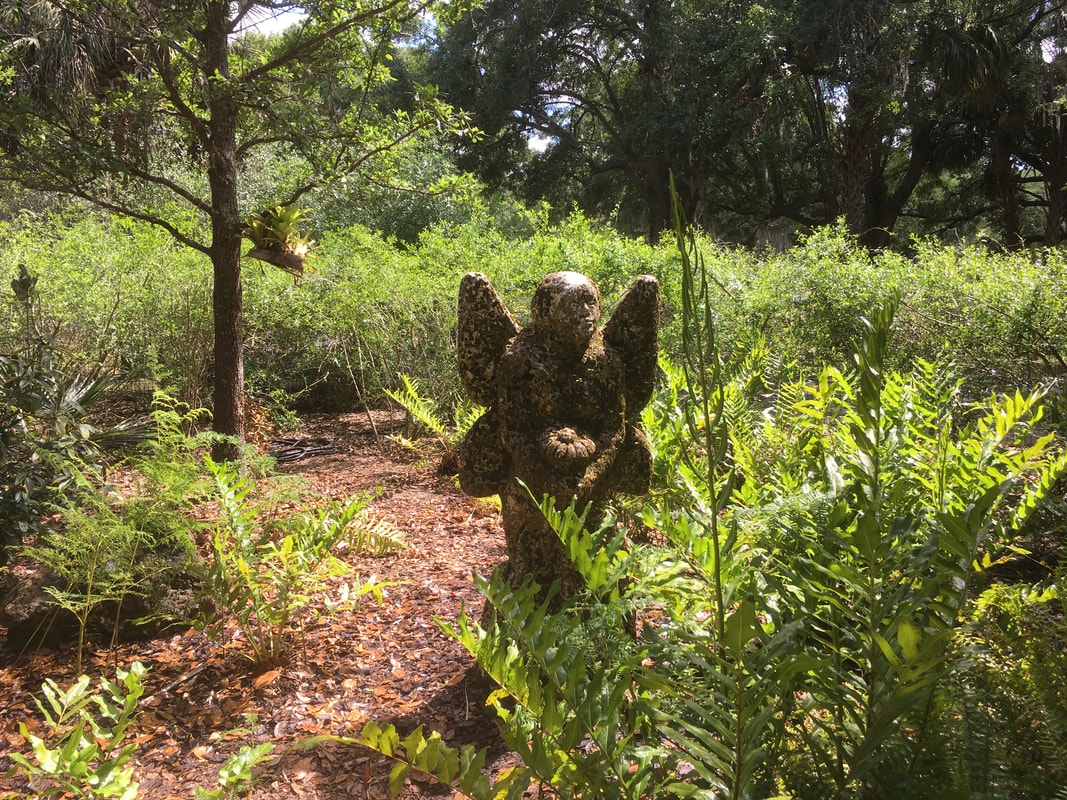

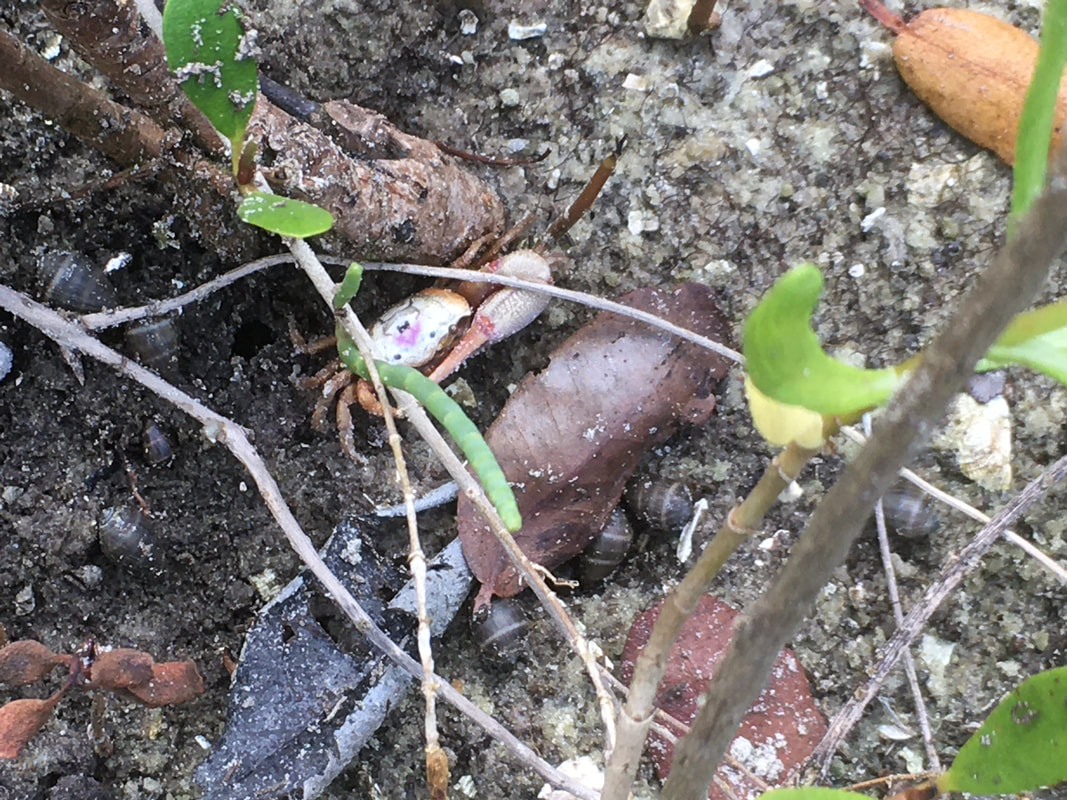
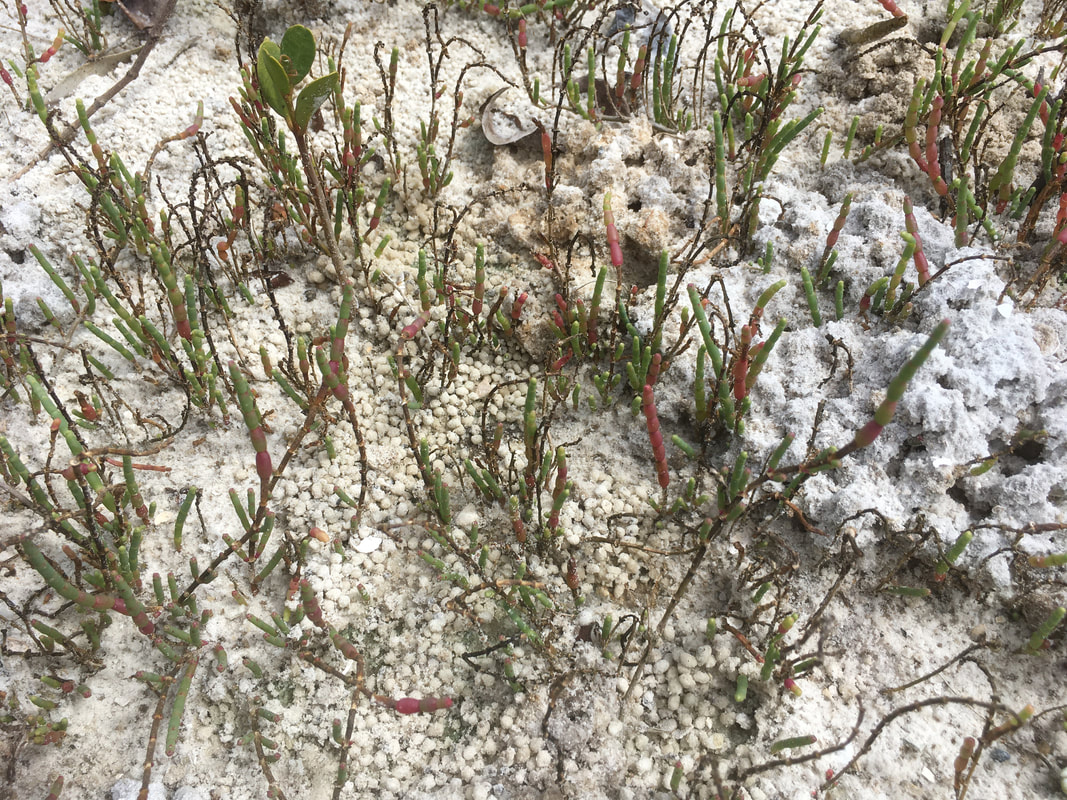
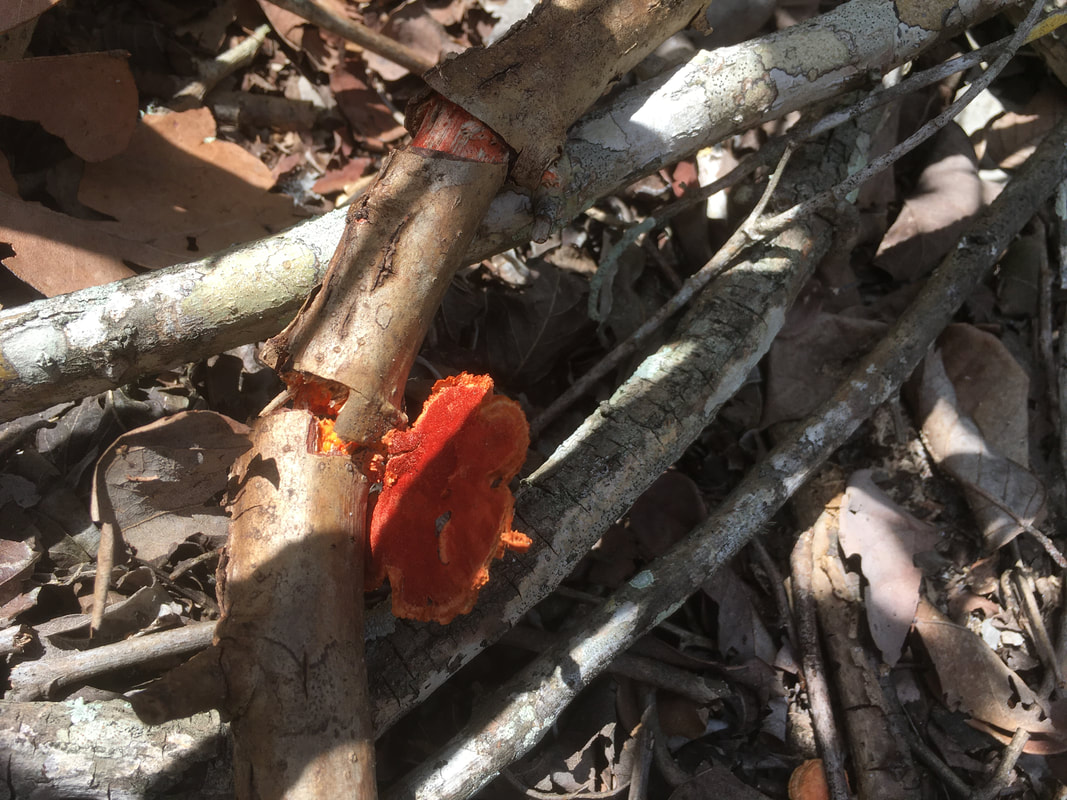
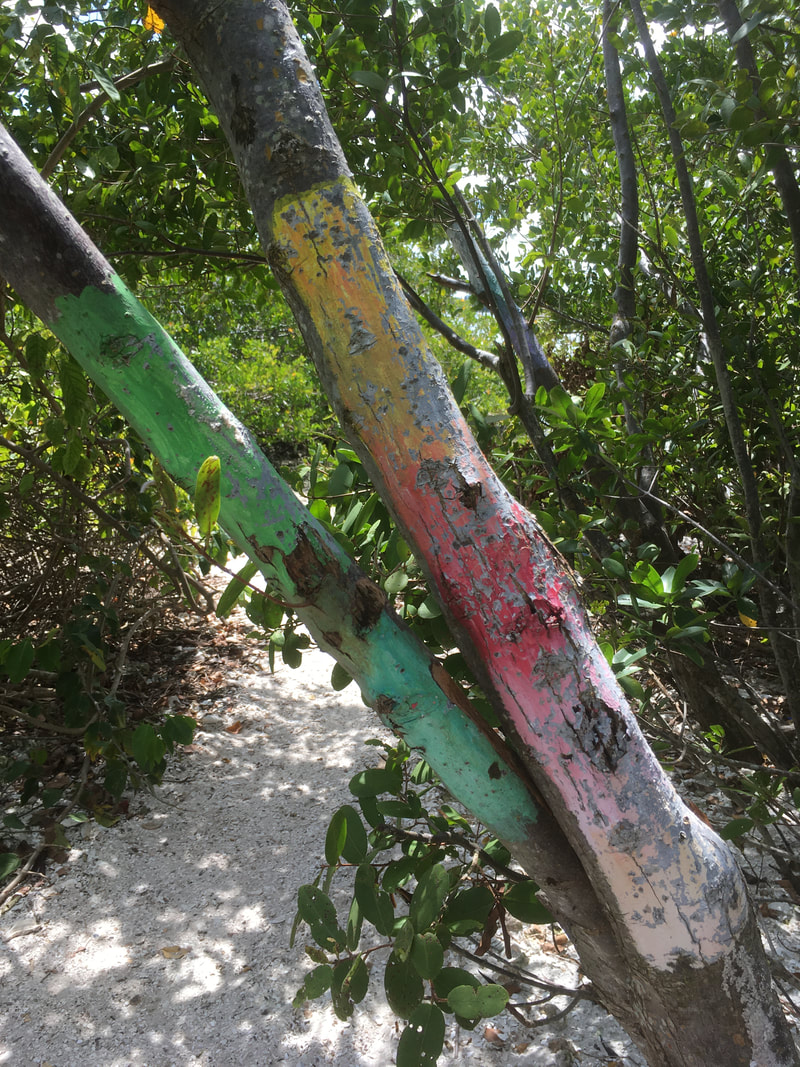
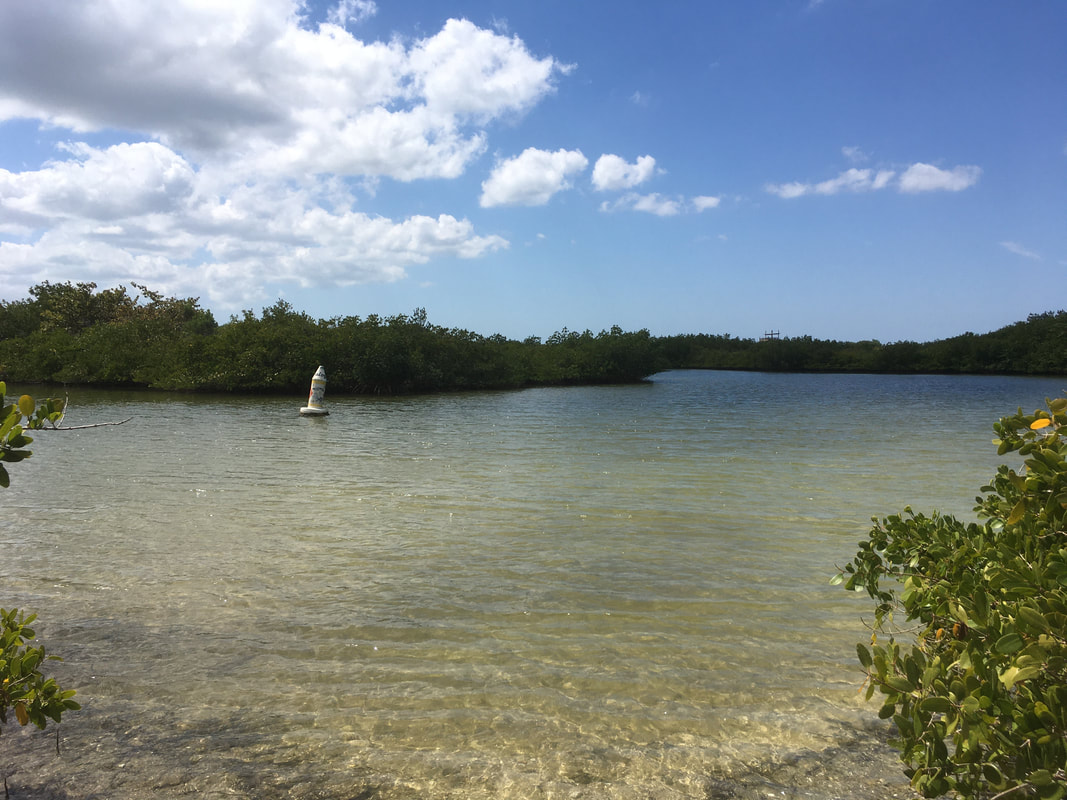
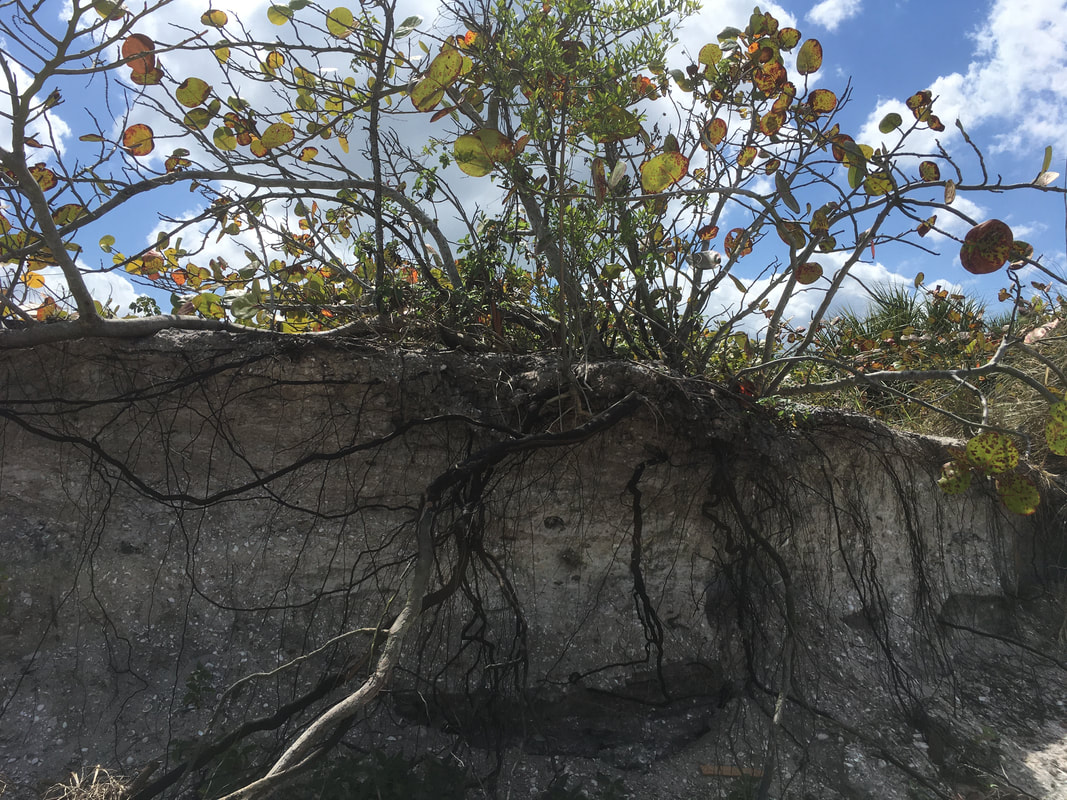
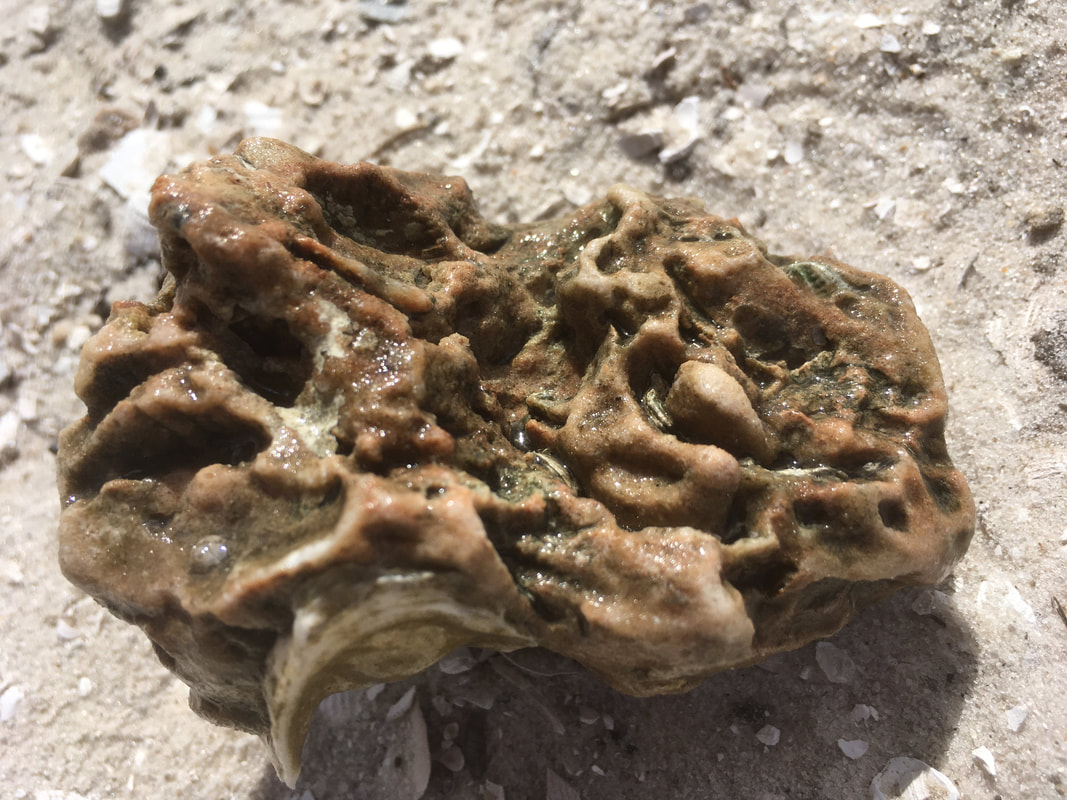
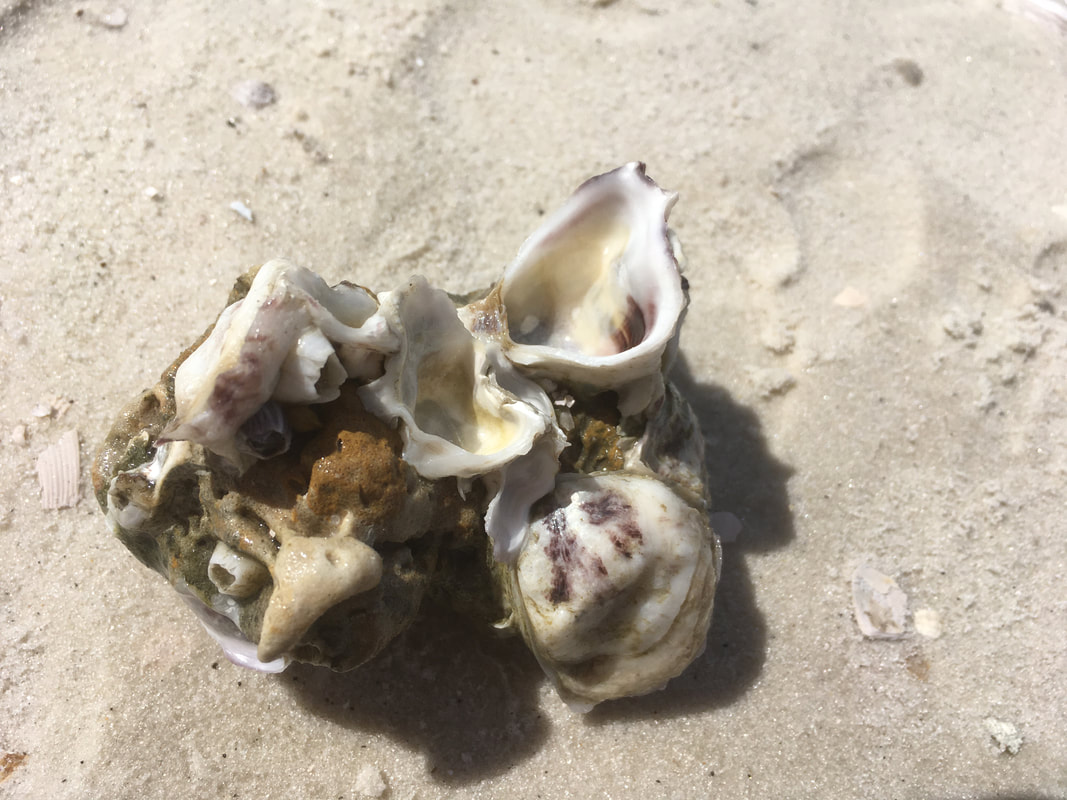

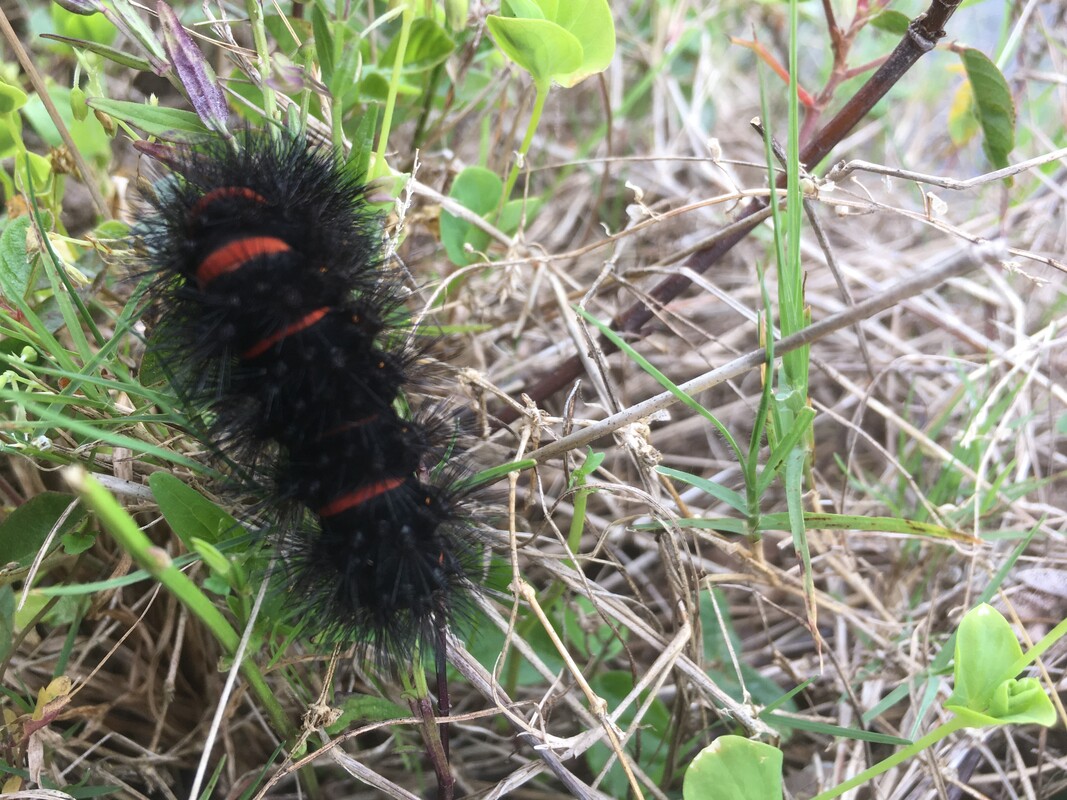
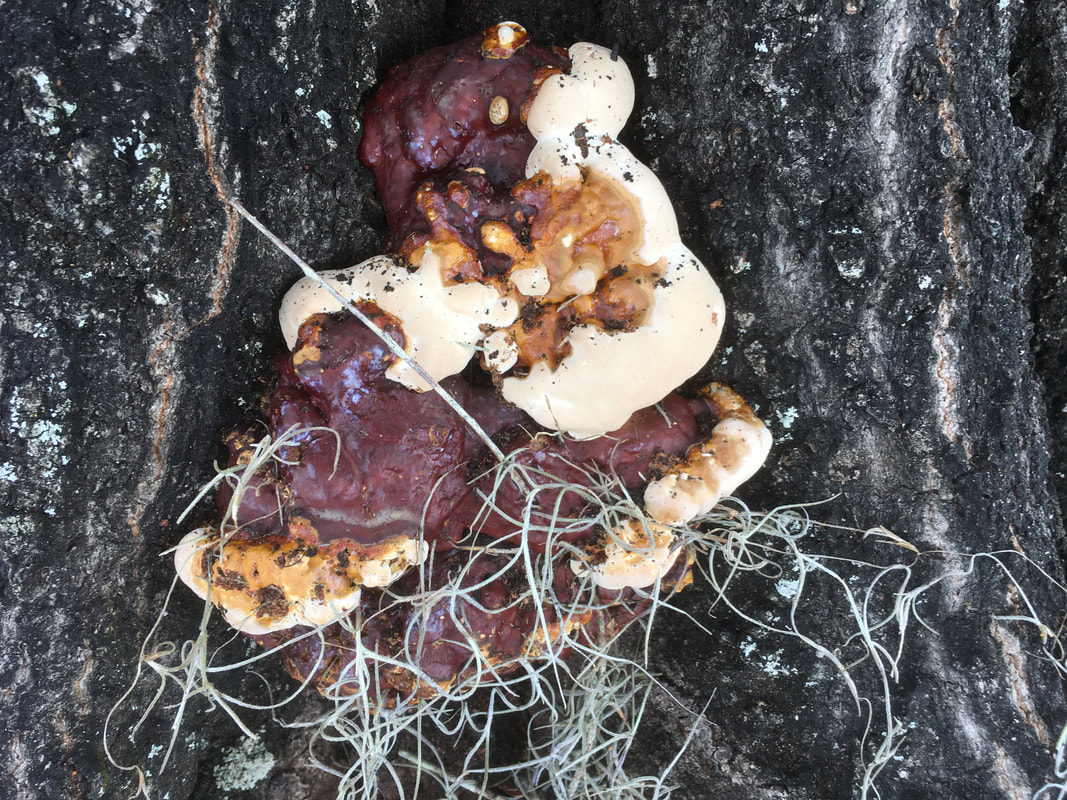
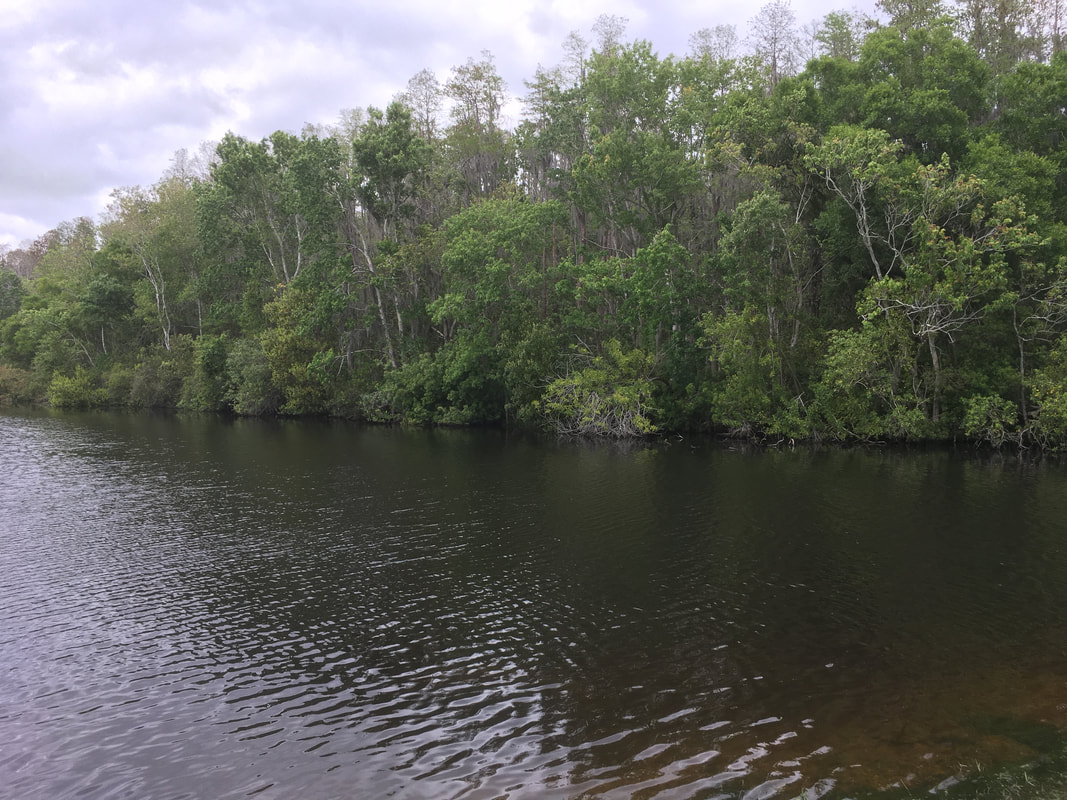
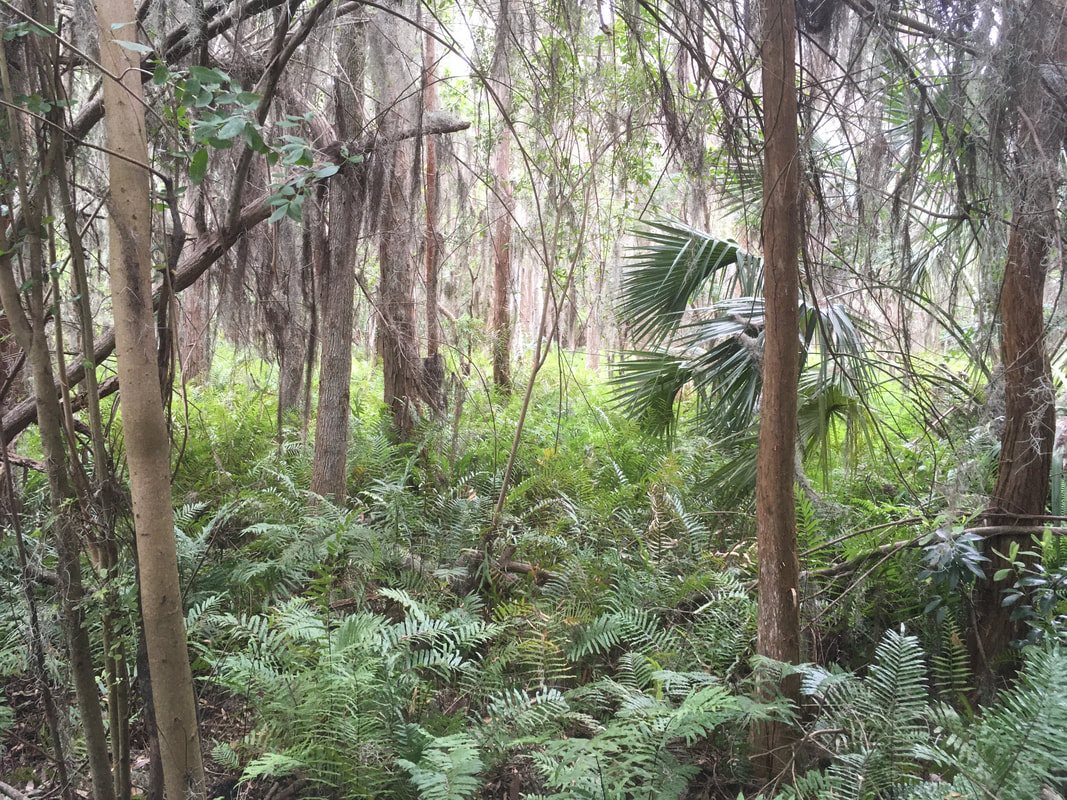



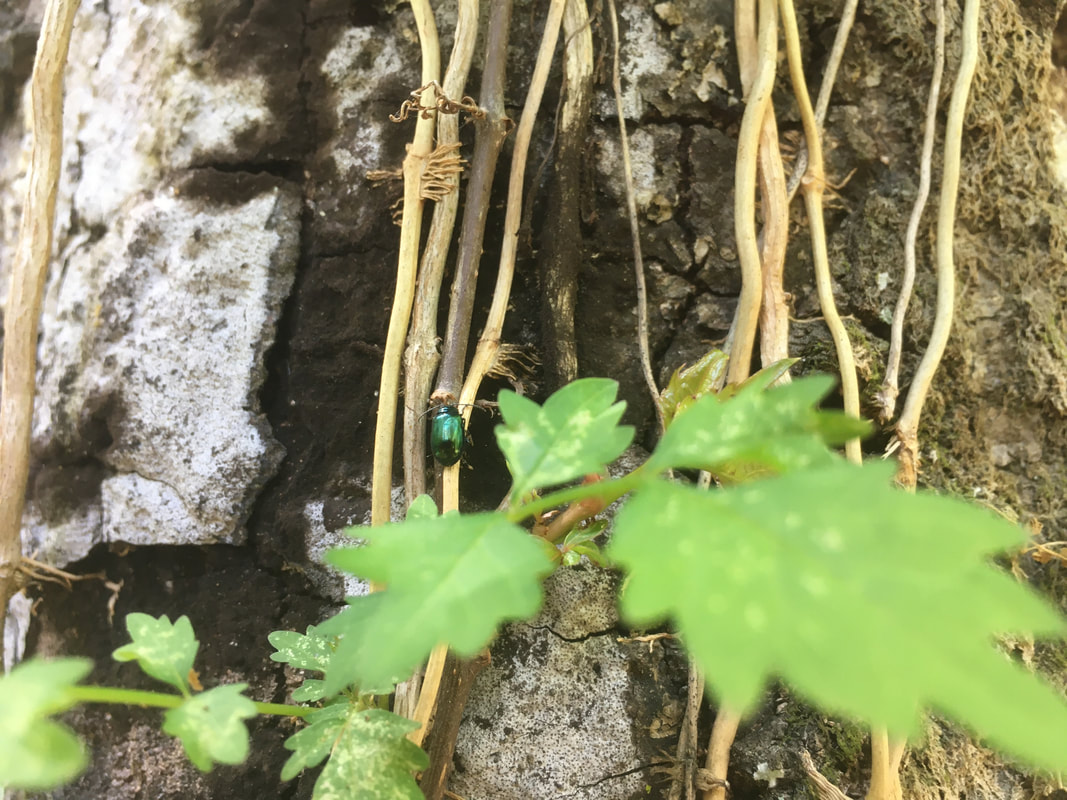
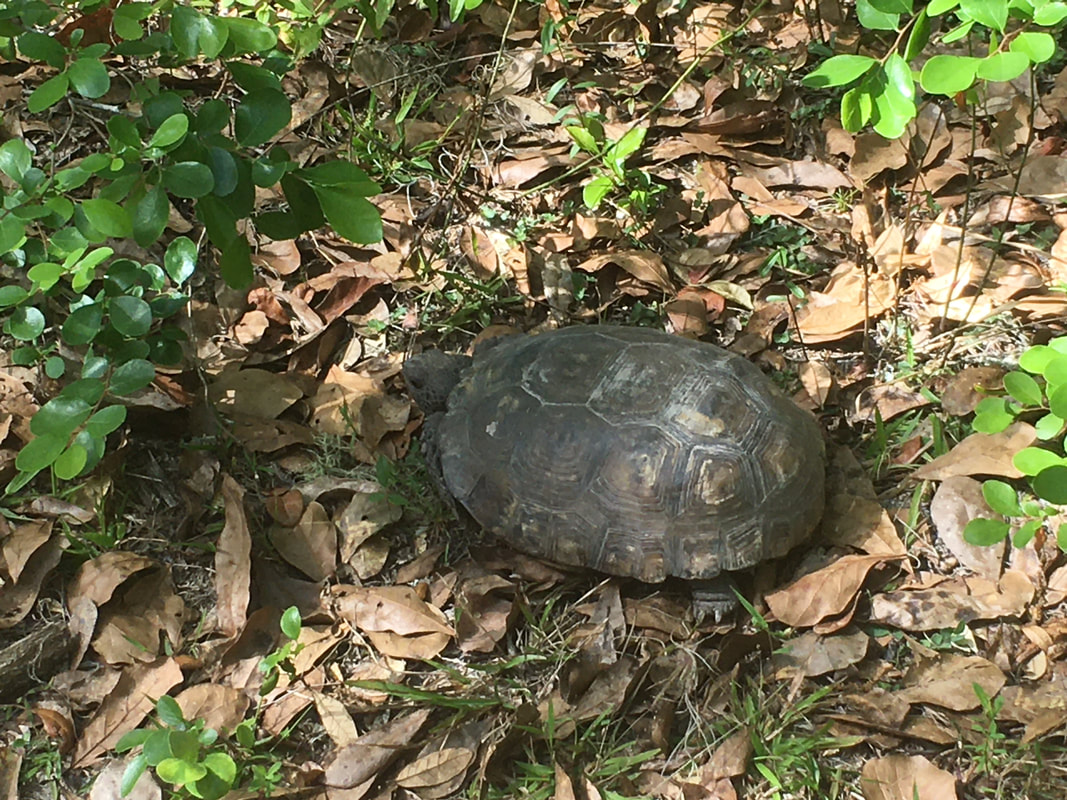
 RSS Feed
RSS Feed